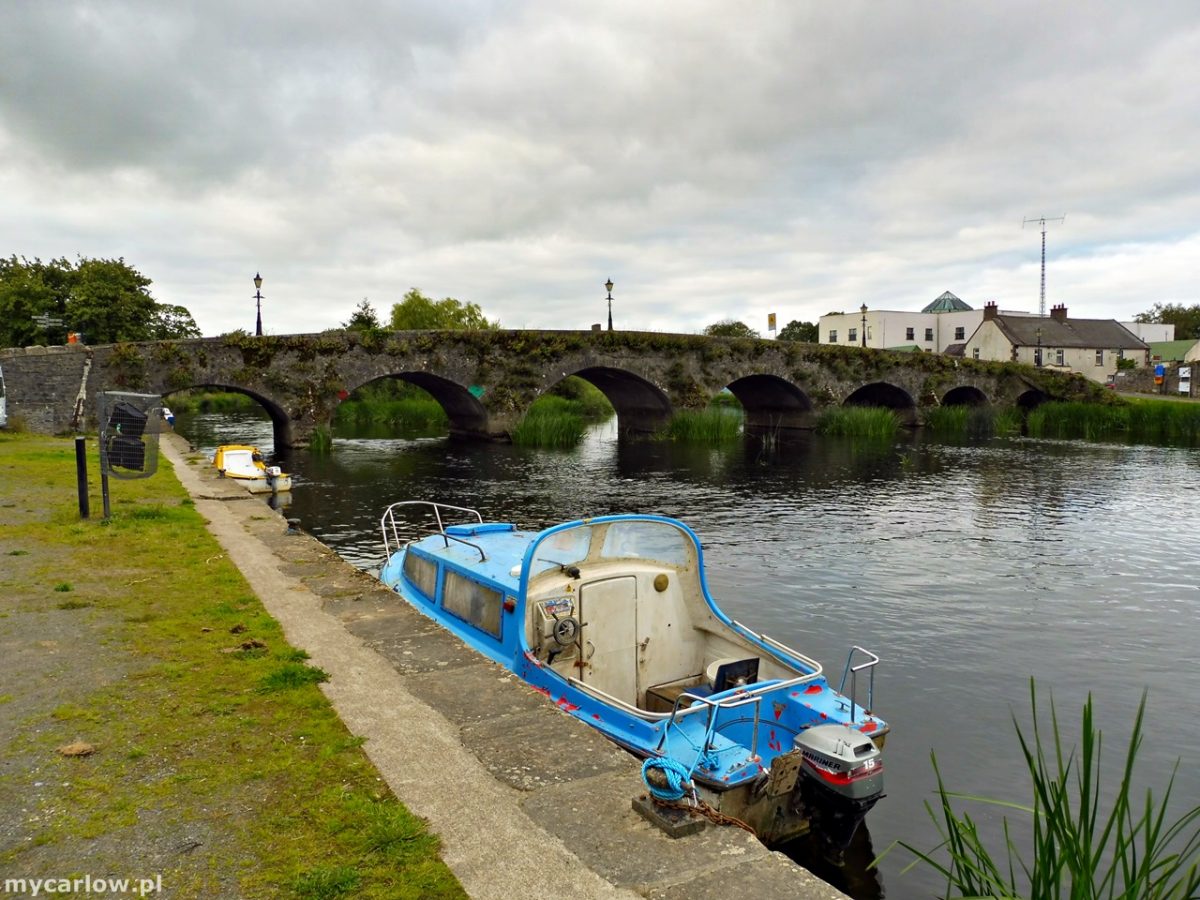
Leighlinbridge is a charming heritage village located on the River Barrow in County Carlow. And only six miles from Carlow town.
The Irish name for Leighlinbridge is Leithghlinn a Droichid and it means “half-glen or grey glen of the bridge”. Therefore the focal point of Leighlinbridge is its 14th-century Valerian Bridge across the River Barrow, built-in 1320 by Maurice Jakis, Canon of Kildare Cathedral. It remains today one of the oldest functioning bridges in Europe.
Valerian Bridge
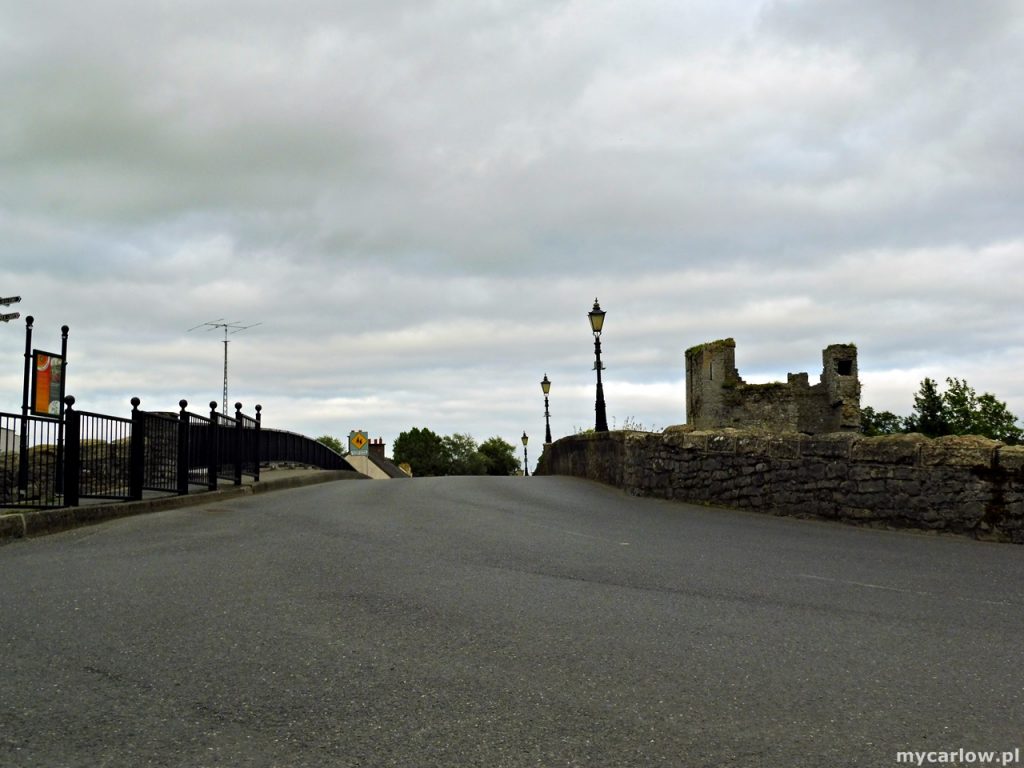
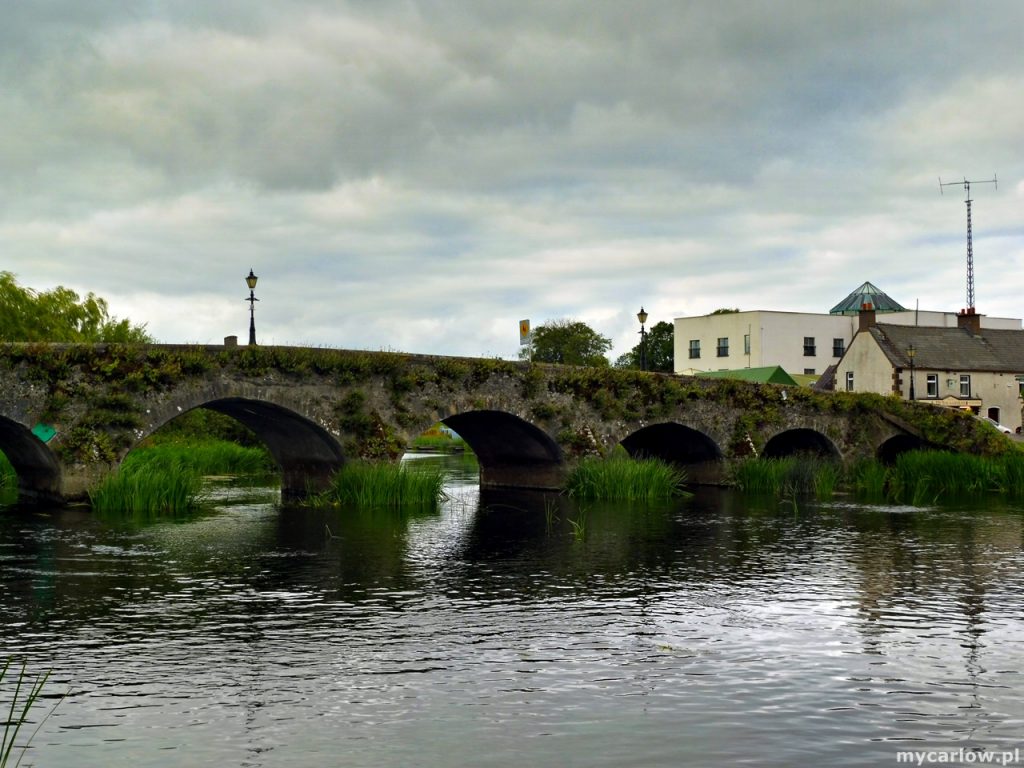

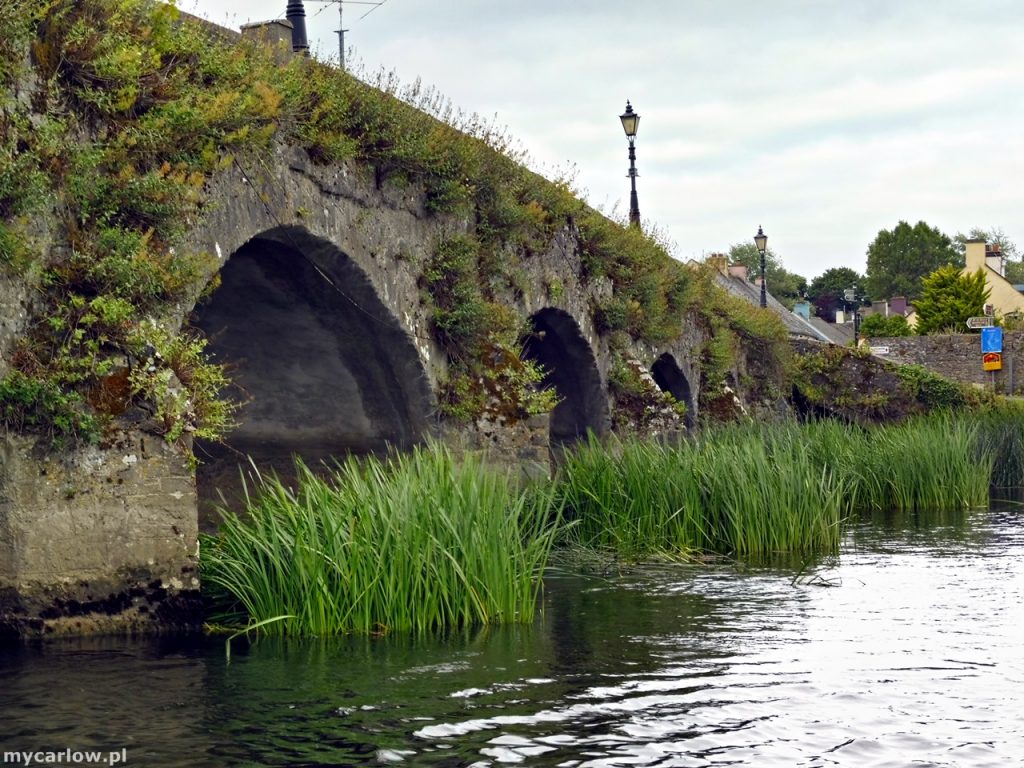
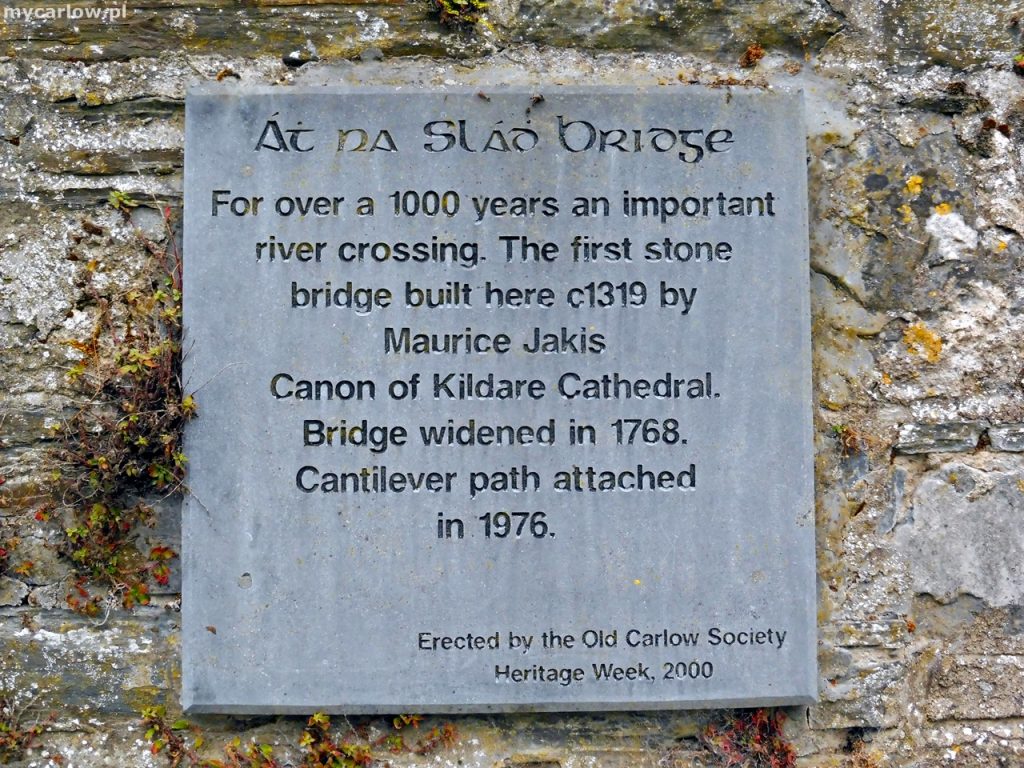

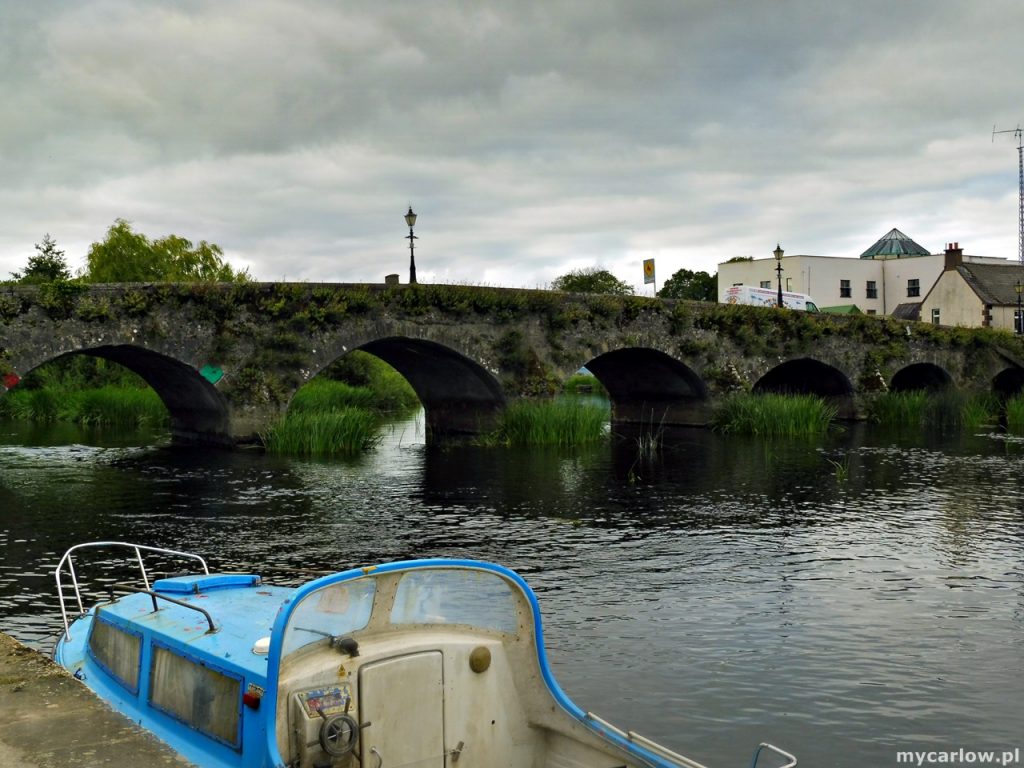
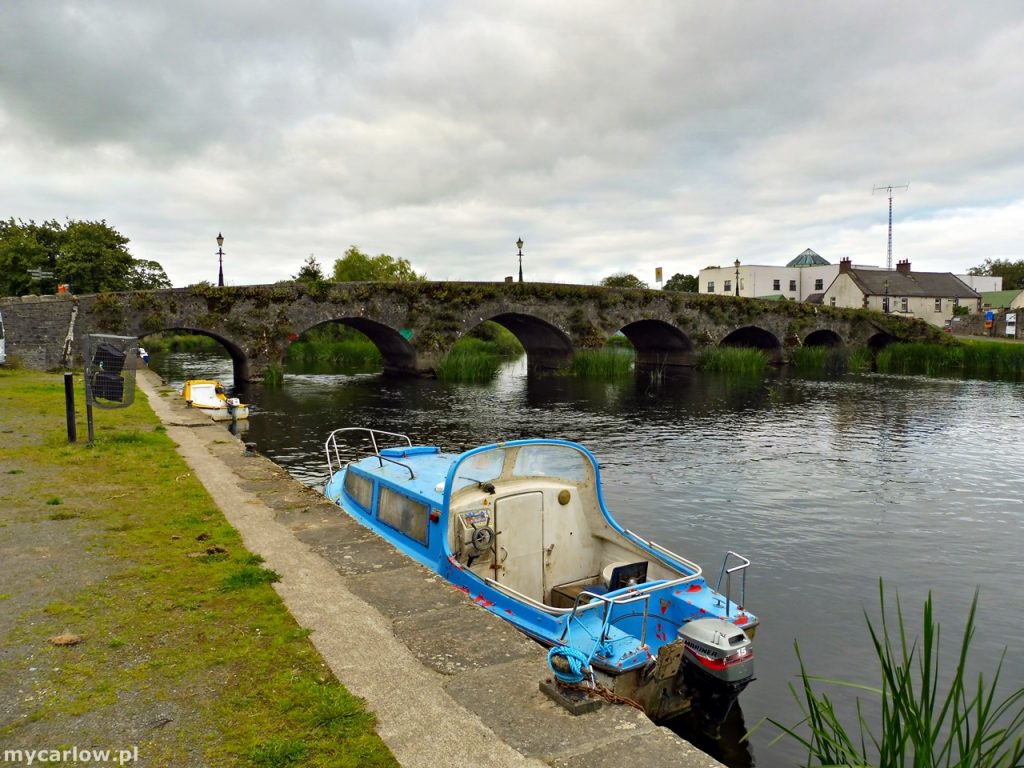
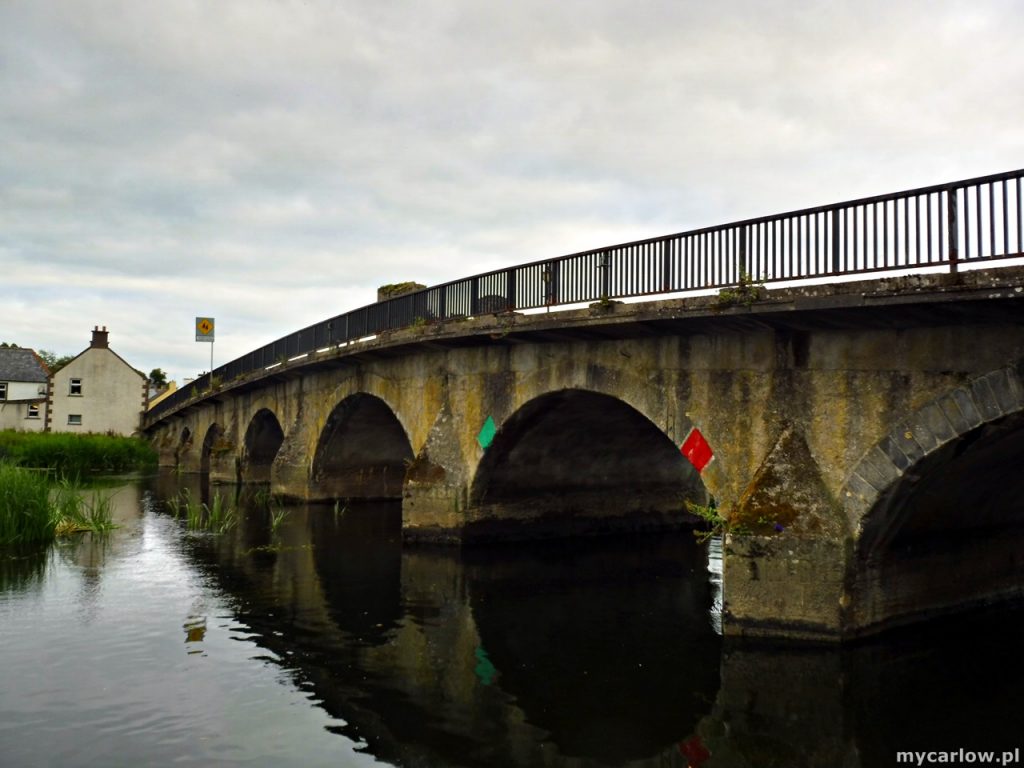
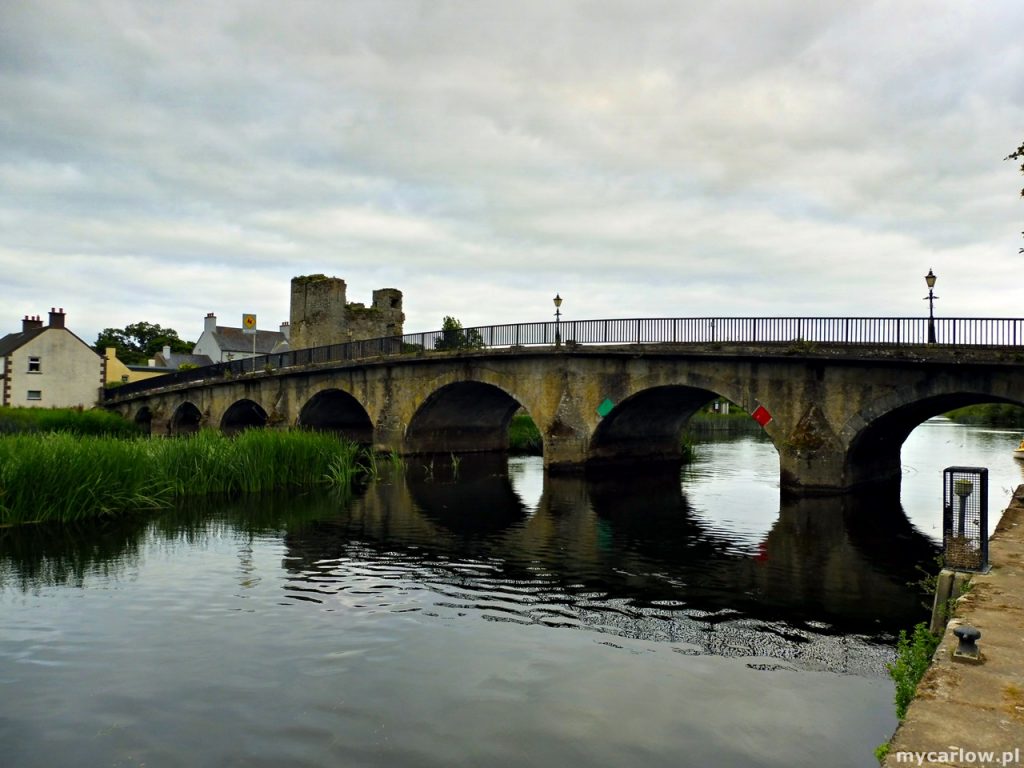
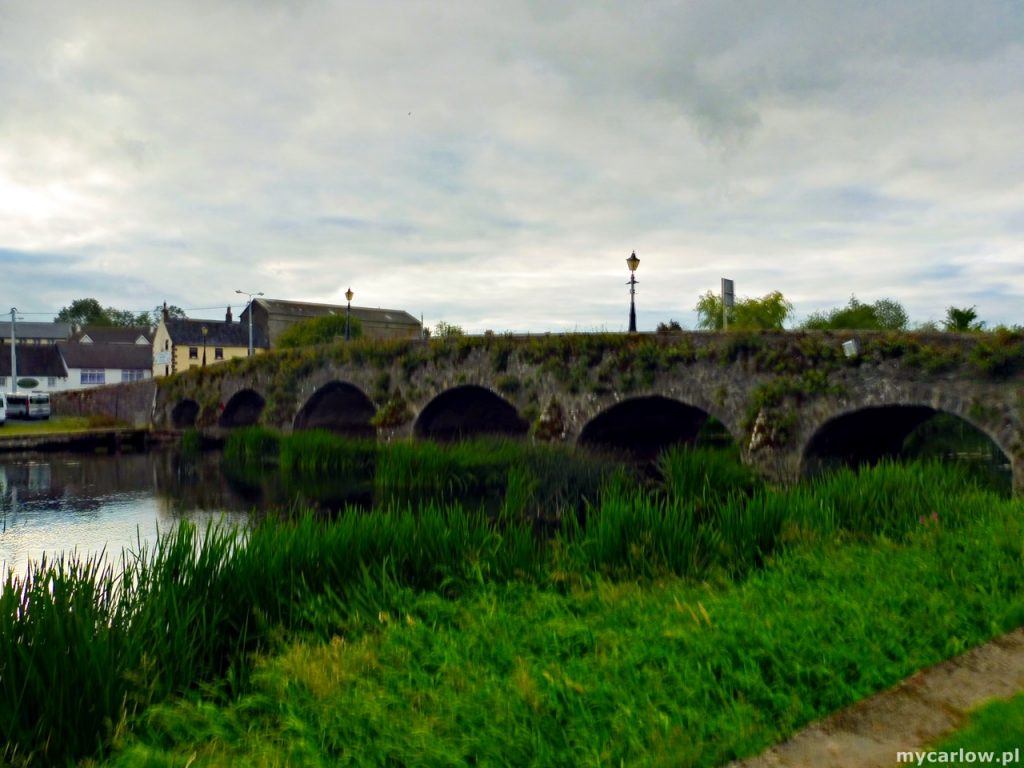
At the foot of the bridge are the remains of a very extensive castle, said to have been destroyed by Cromwell. Leighlinbridge Castle, also called Black Castle, was one of Ireland’s earliest Norman castles. The town’s original Black Castle, built in 1181, was one of the earliest Norman fortresses in Ireland. It was granted to John de Claville by Hugh de Lacy, the powerful Norman baron who governed Ireland for Henry II. The present castle was built by Sir Edward Bellingham in 1547 and fell to Cromwell’s forces in 1650. A 50 ft tall broken castle tower and bawn wall are all that can be seen today.
Below the castle lies the ruin of the first Carmelite priory in Ireland which was built by the Norman, Carew in 1270.
Black Castle


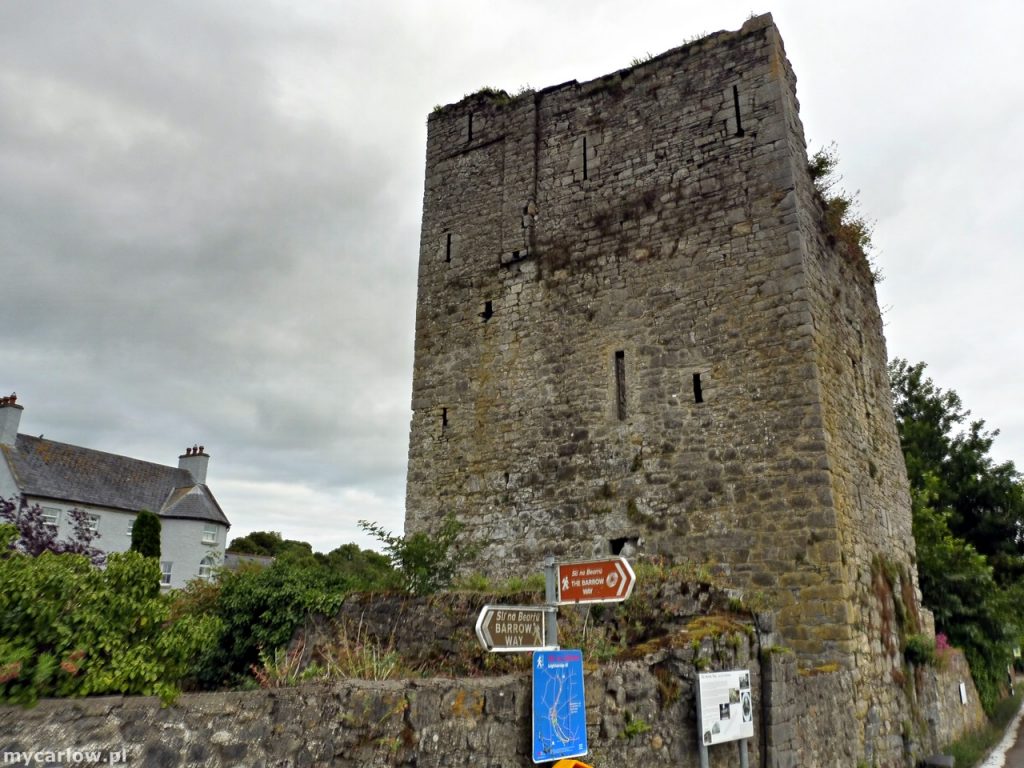
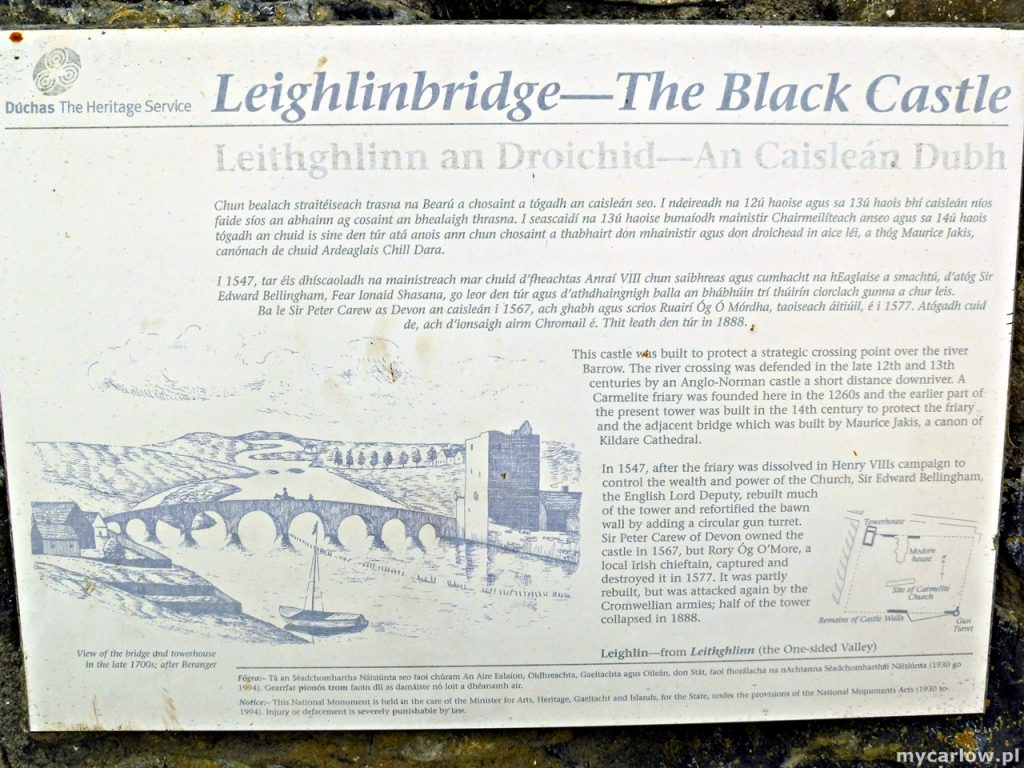

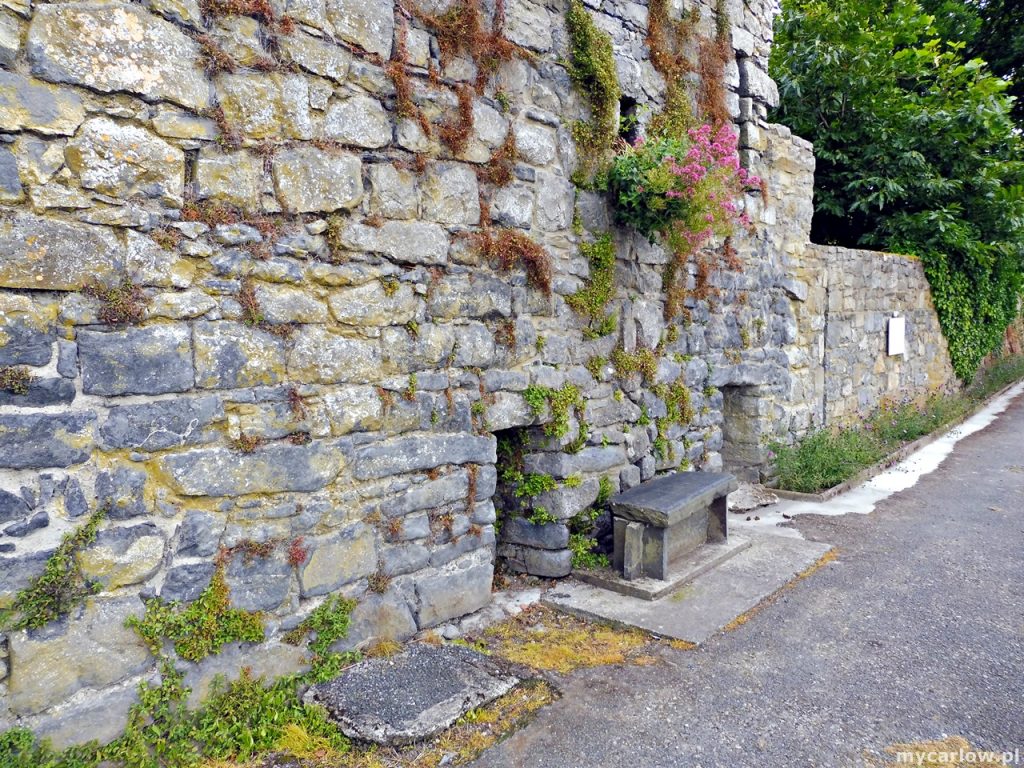
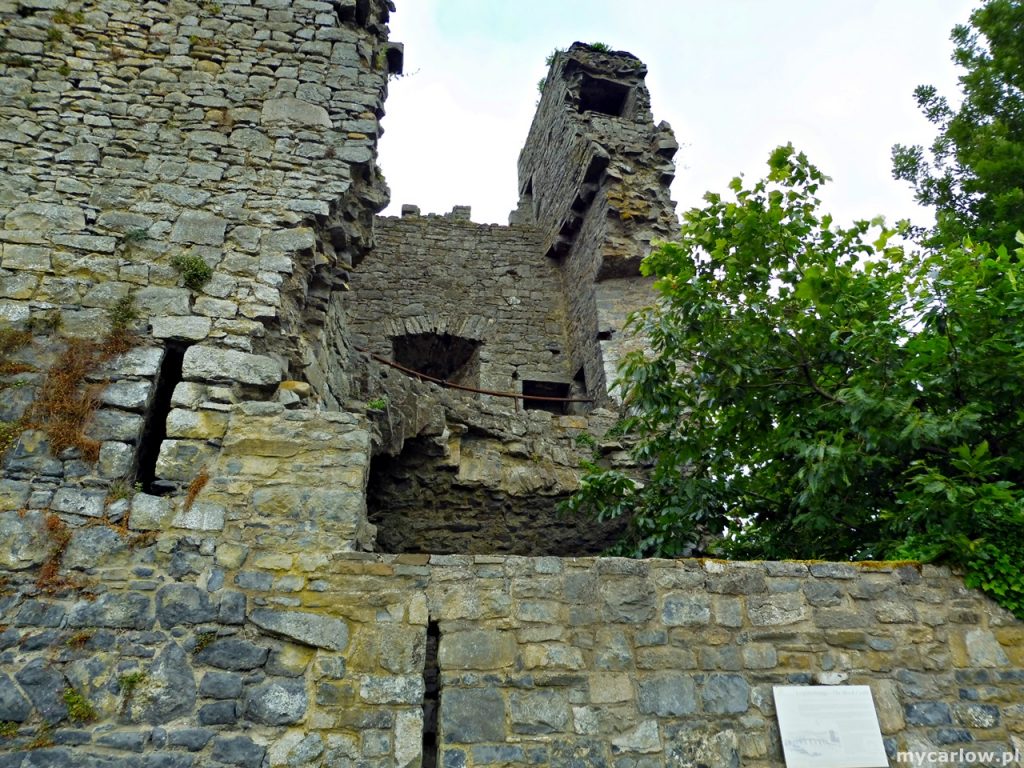
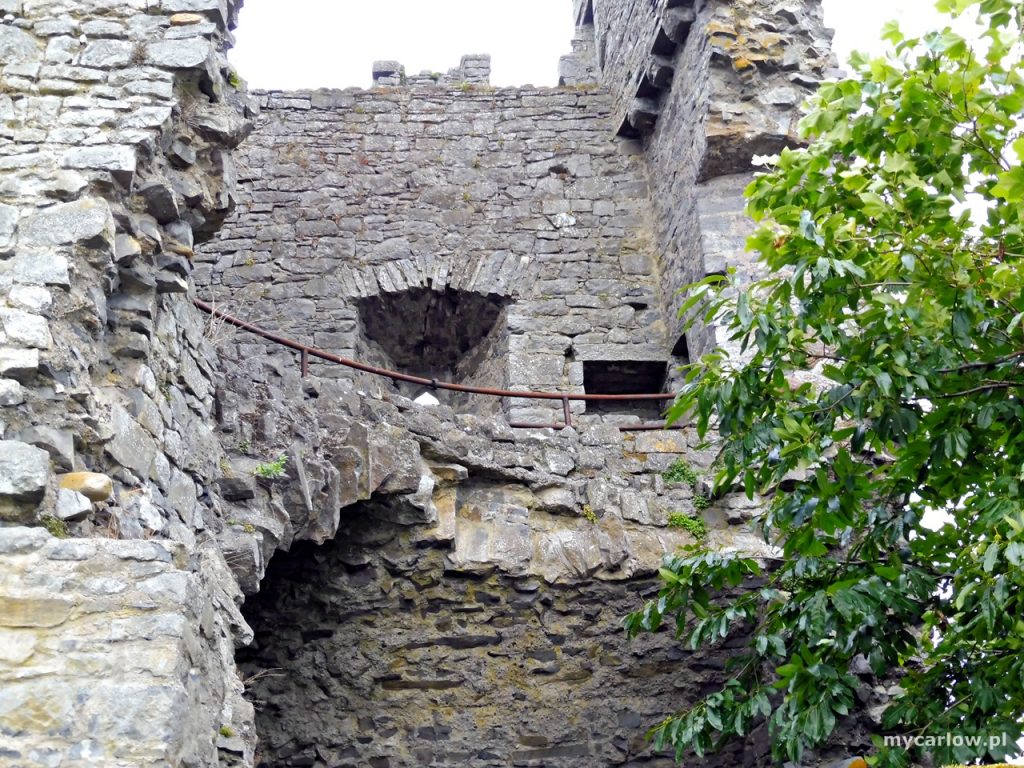
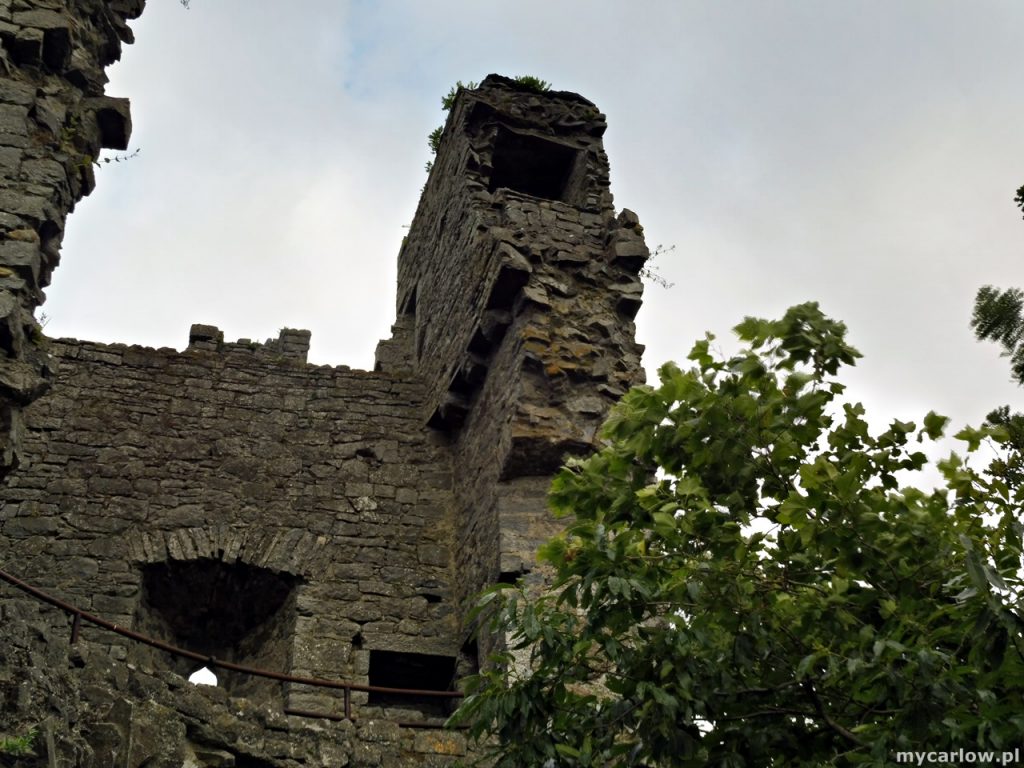
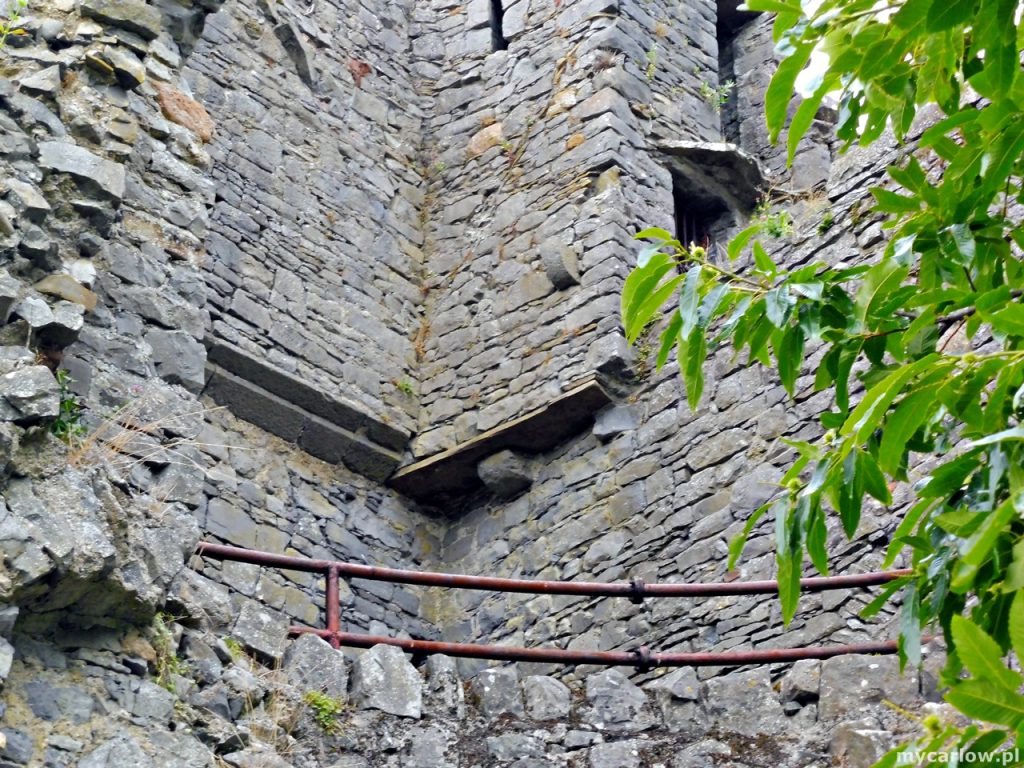
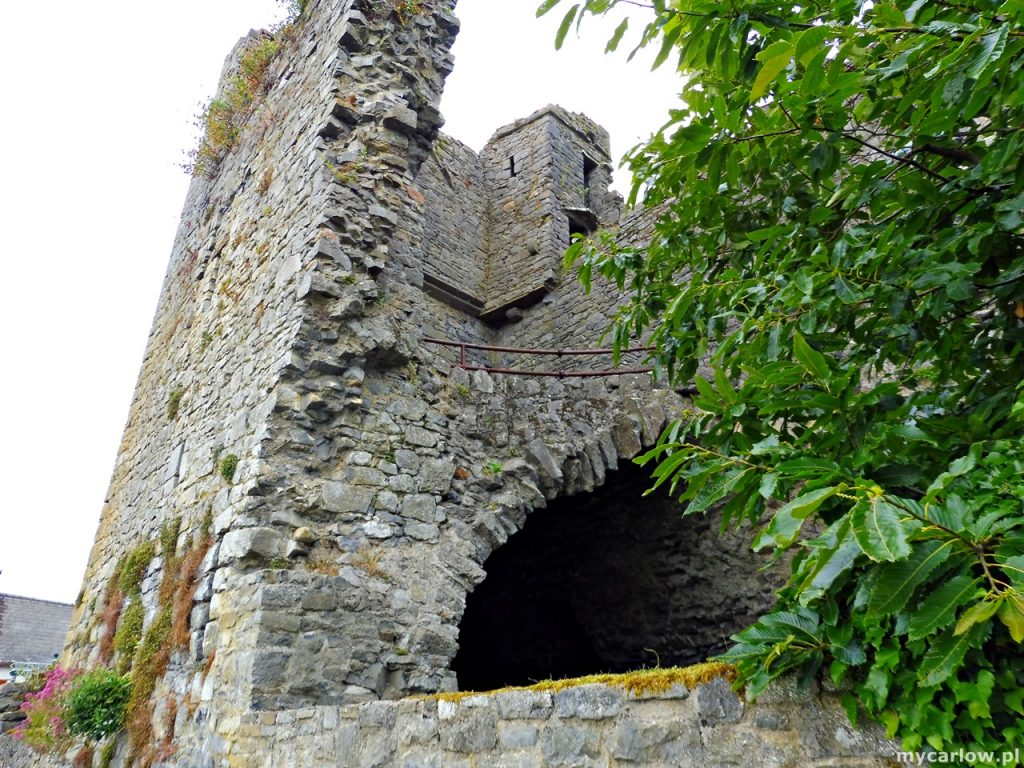
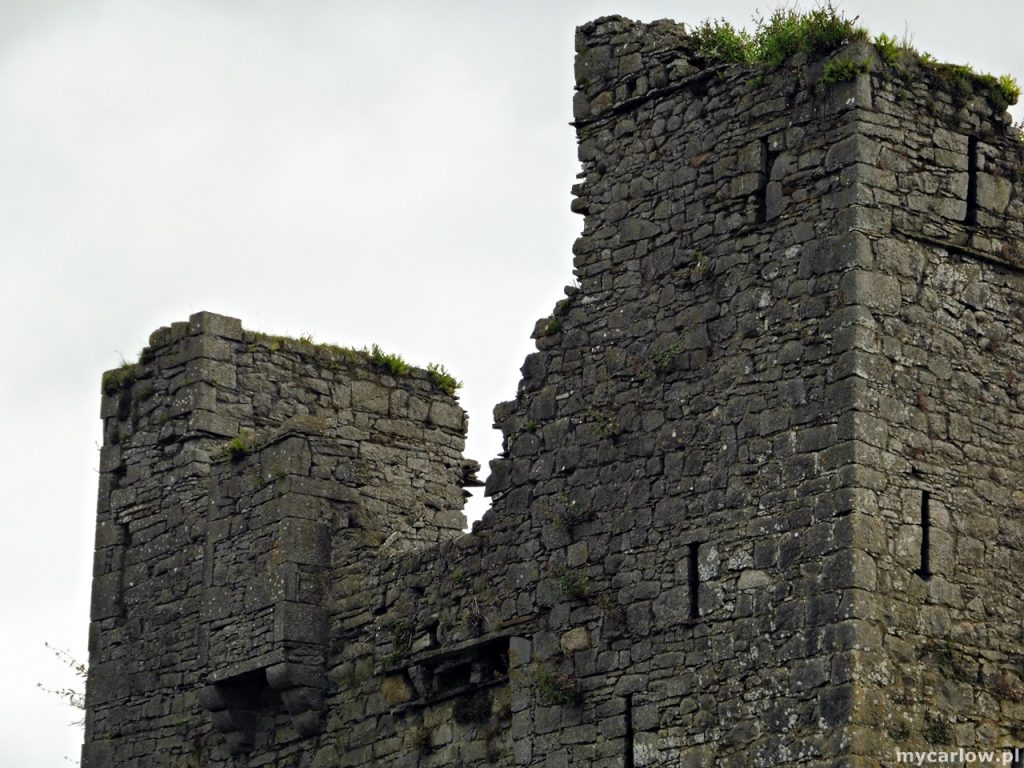

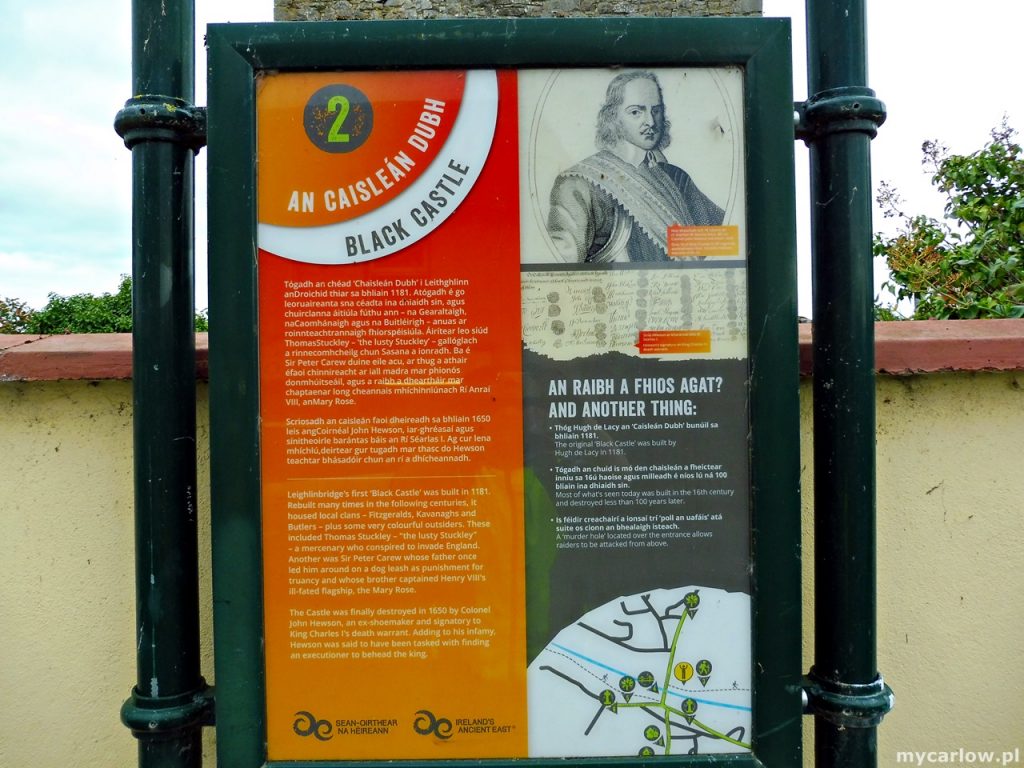
Among the public buildings of Leighlinbridge is St Lazerian’s Church, which stands on the west side of the river. The church is dedicated to St. Lazerian, a patron Saint of the Kildare & Leighlin diocese. It was built around 1770 with modifications in the early and late nineteenth centuries. It was reordered internally in the early 1980s reflecting the Vatican II directives. This church replaced an earlier penal time chapel that existed in Coneykeare townland in what is known as the Church Field. There are also two Roman Catholic chapels and an establishment for Carmelite friars.
St Lazerian’s Church
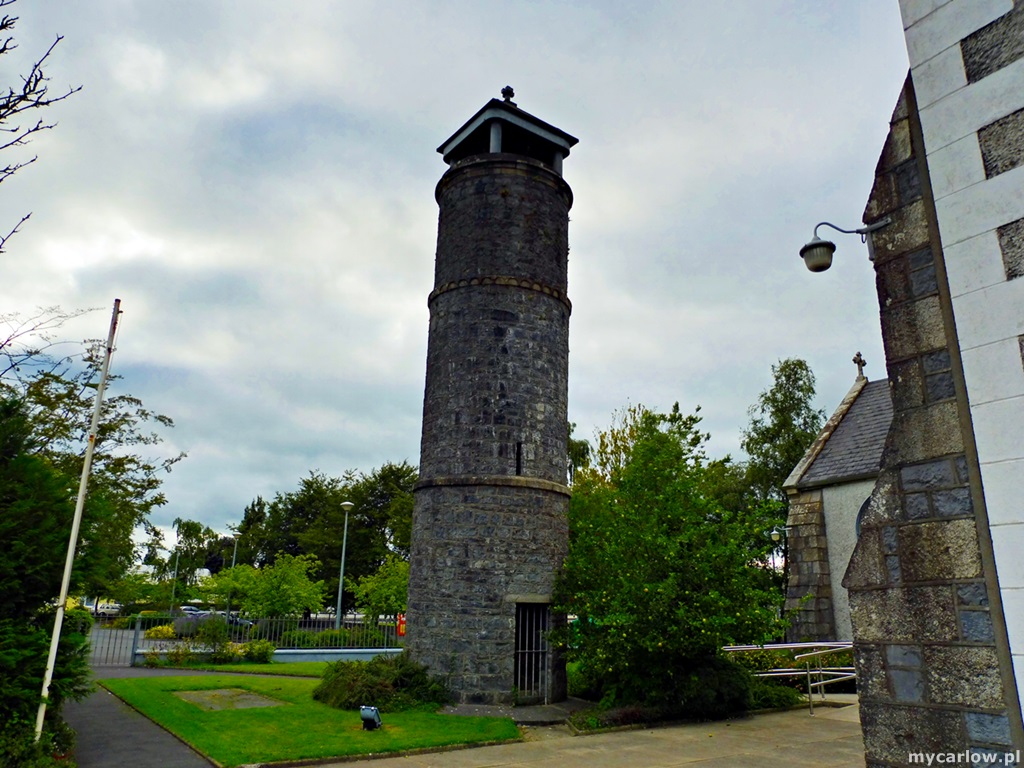
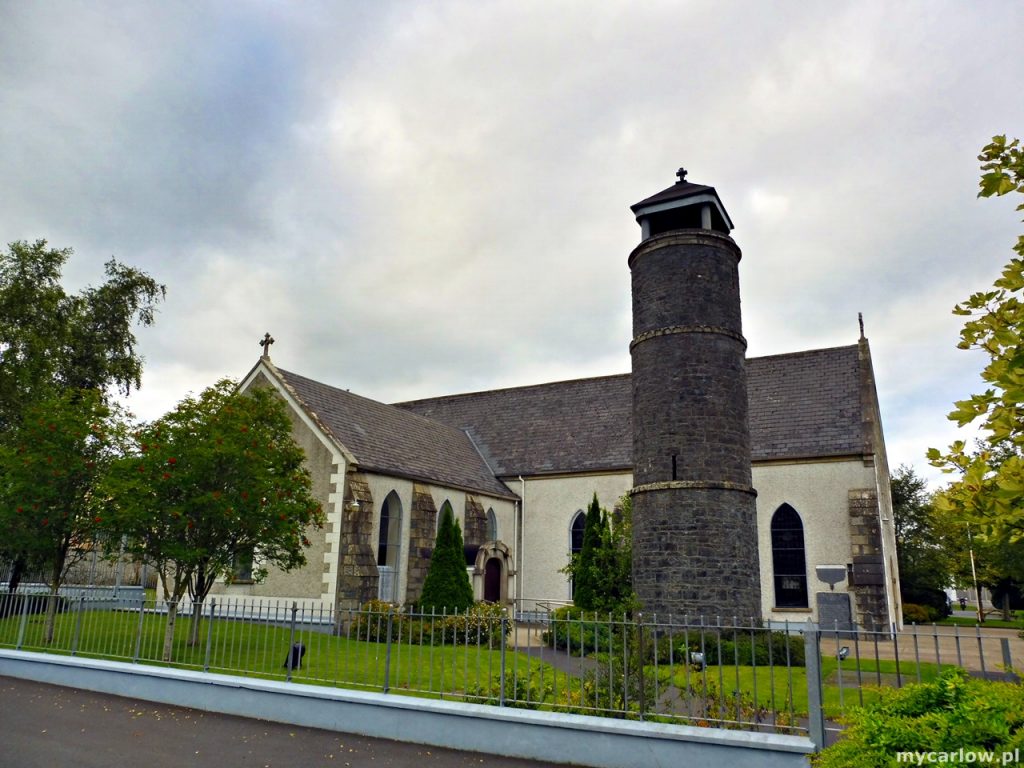
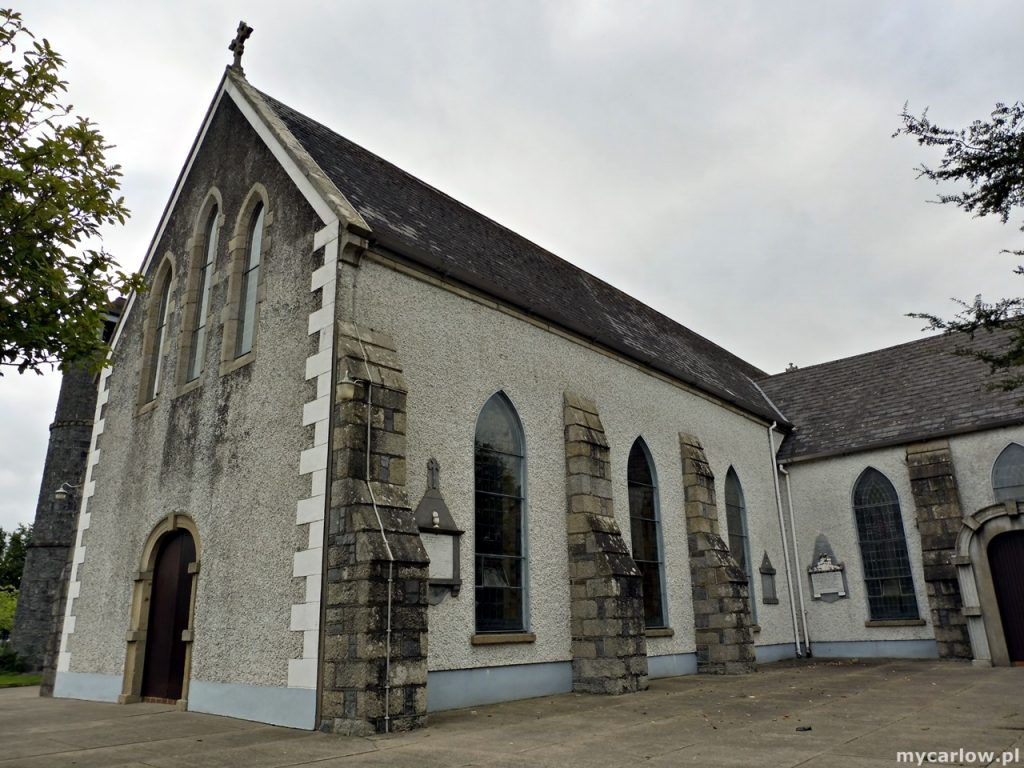
The village makes full use of the river, with cruising and riverside walks on offer, as well as a marina. Thanks to Leighlinbridge’s riverside nature, there are many points along the Barrow Track that provide ideal spots for fishing.
The Barrow Track

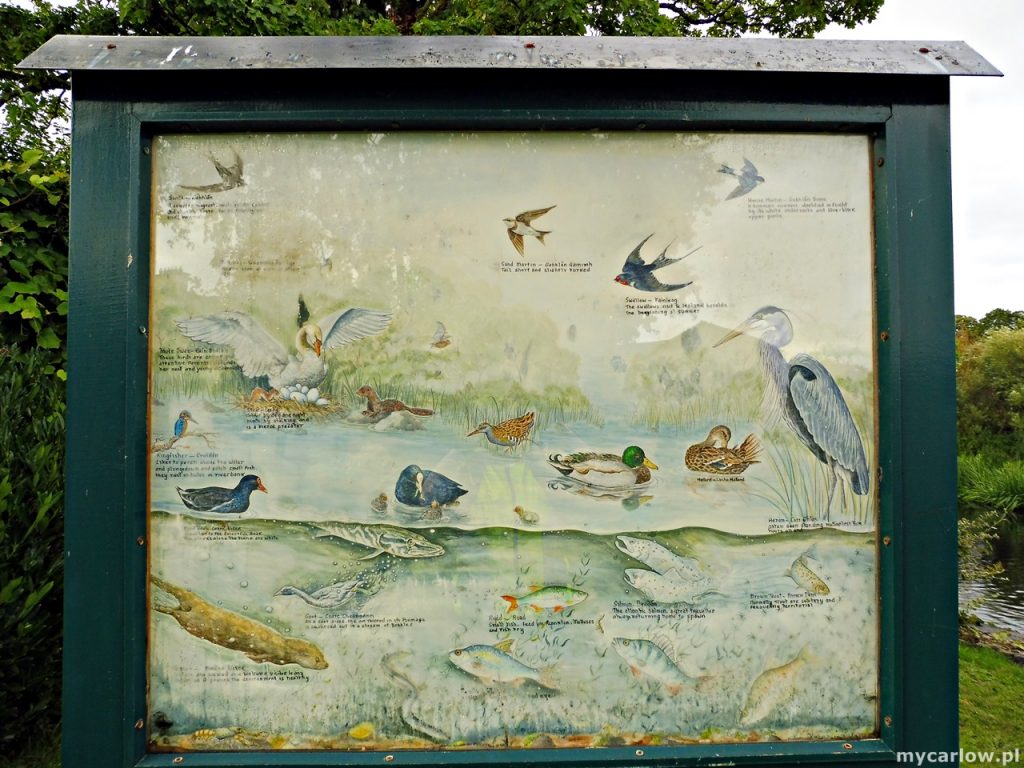
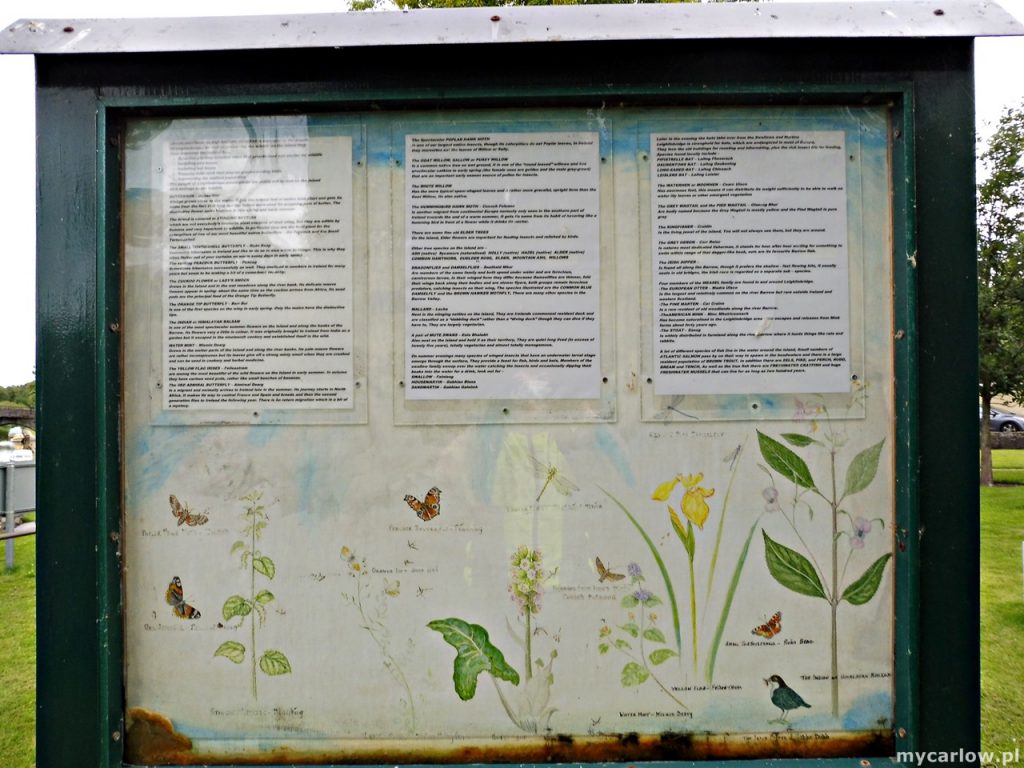
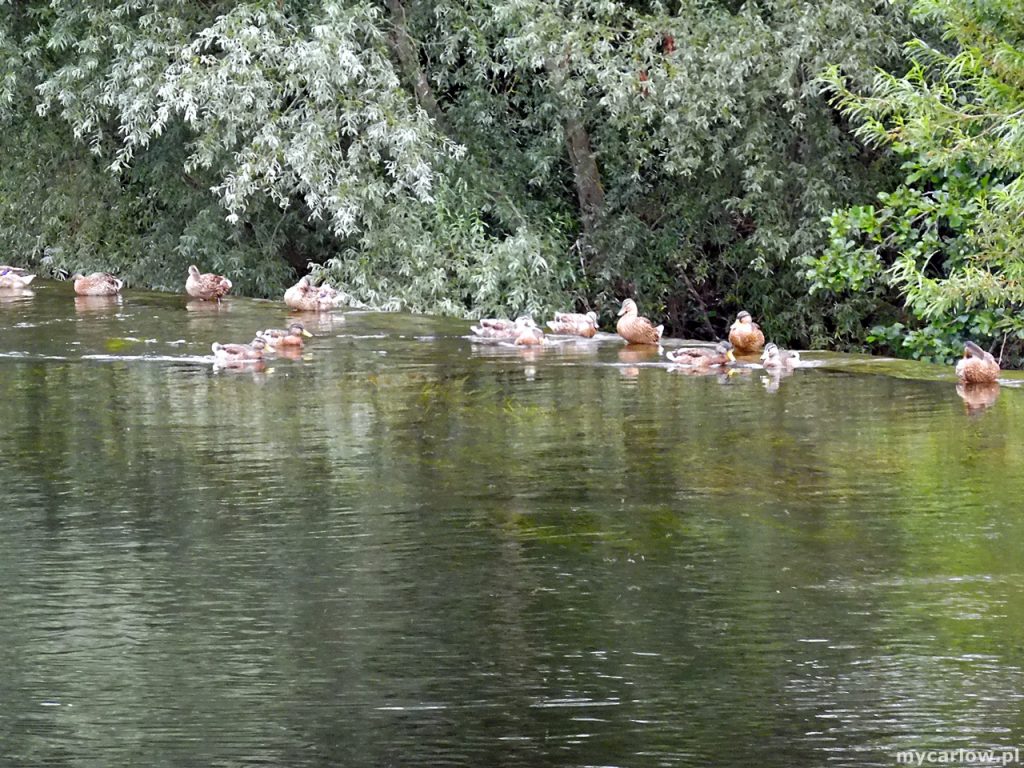

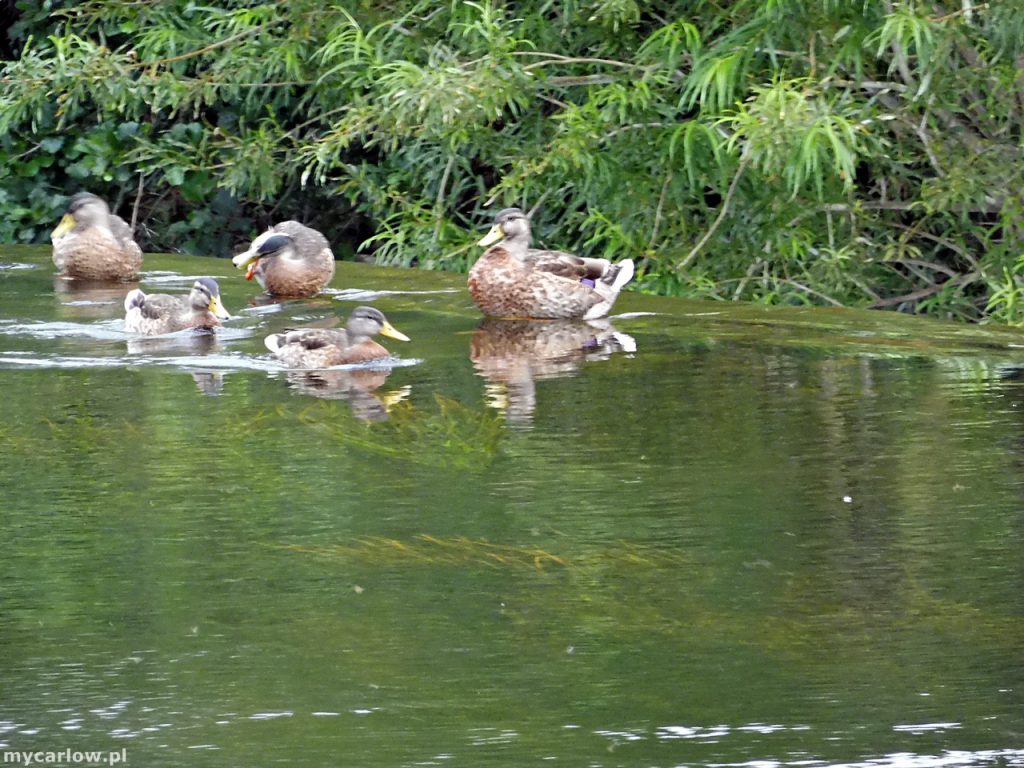
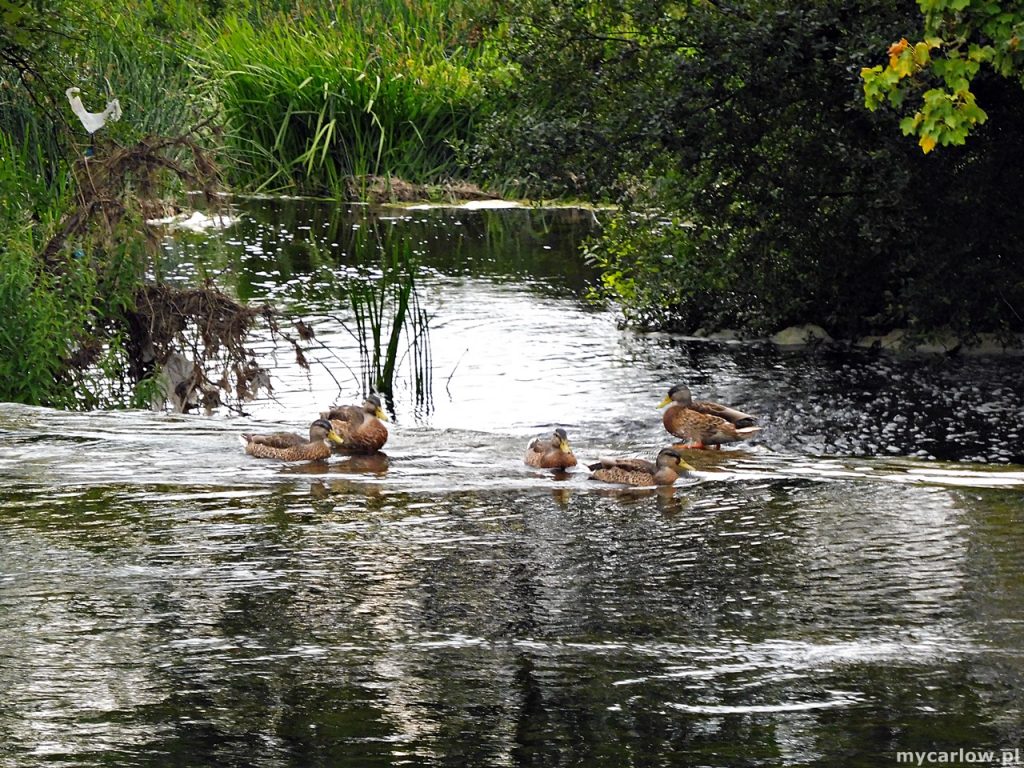
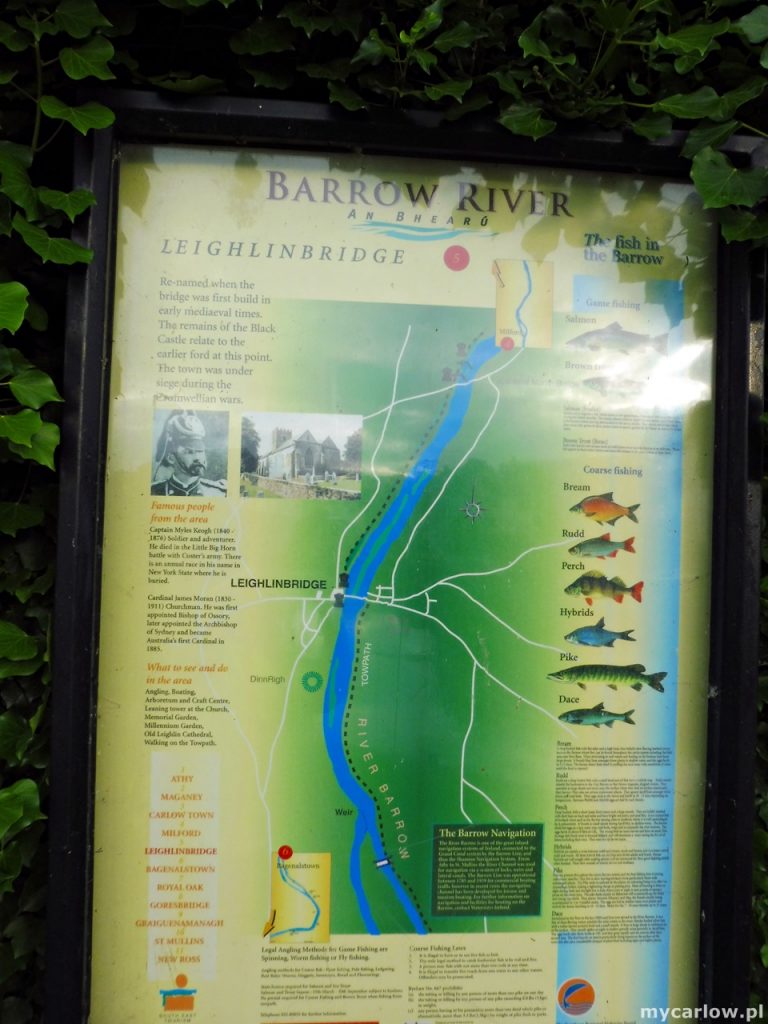
Look for a sign here dedicated to the mountaineer and physicist John Tyndall, who was from the village. Tyndall was known to walk to school with his teacher along the Barrow, discussing mathematics on the way.
The Tyndal Way



The village is home to many historical sights and is also the recipient of many environmental awards, including county winner in the National Tidy Towns Competition, first in the Barrow Awards, overall national winner in Ireland’s Green Town 2000, and represented Ireland in the European “Entente Florale” competition in 2001.
Arboretum Home & Garden Heaven and its Inspirational Gardens are located on Old Kilkenny Road in Leighlinbridge.
Leighlinbridge enjoys a range of gardens, built and designed by the local community to commemorate various aspects of village life over the years. These include the Millennium Garden, the Vivaldi Garden, the Garden of Remembrance, and the Sculpture Garden. These gardens all feature in the Carlow Garden Trail and gives Leighlinbride the title ‘the Garden Village`.
The Millennium Garden consists of seven small, individual gardens, each with its own theme represented by trees, shrubs, and stones. Using materials indigenous to the local area, the garden tells the story of life through a series of themes, including peace and tranquility, happiness, friendship, reconciliation, hope, harmony, and eternity.
Millennium Garden
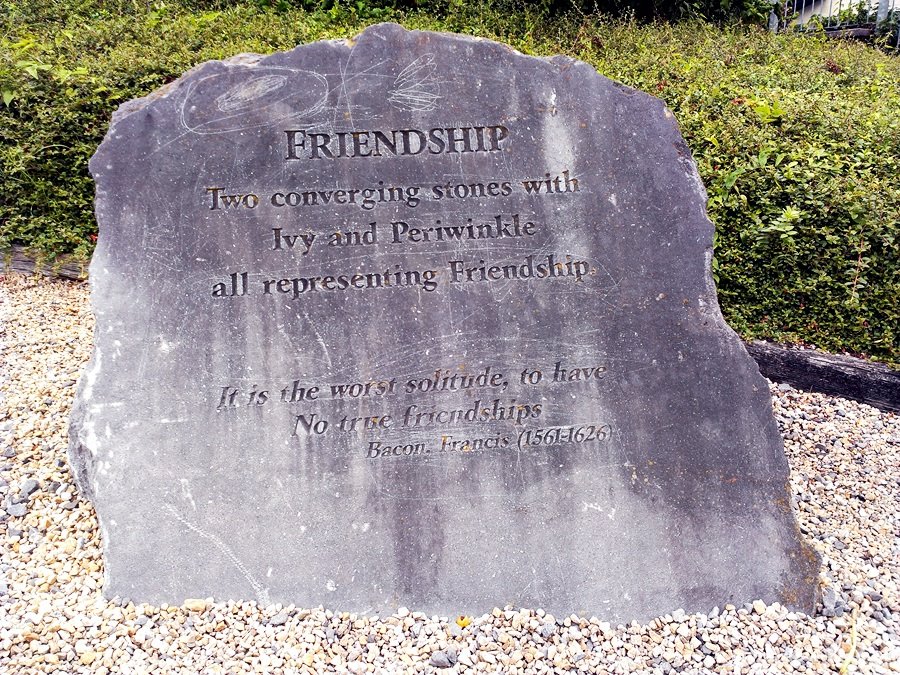



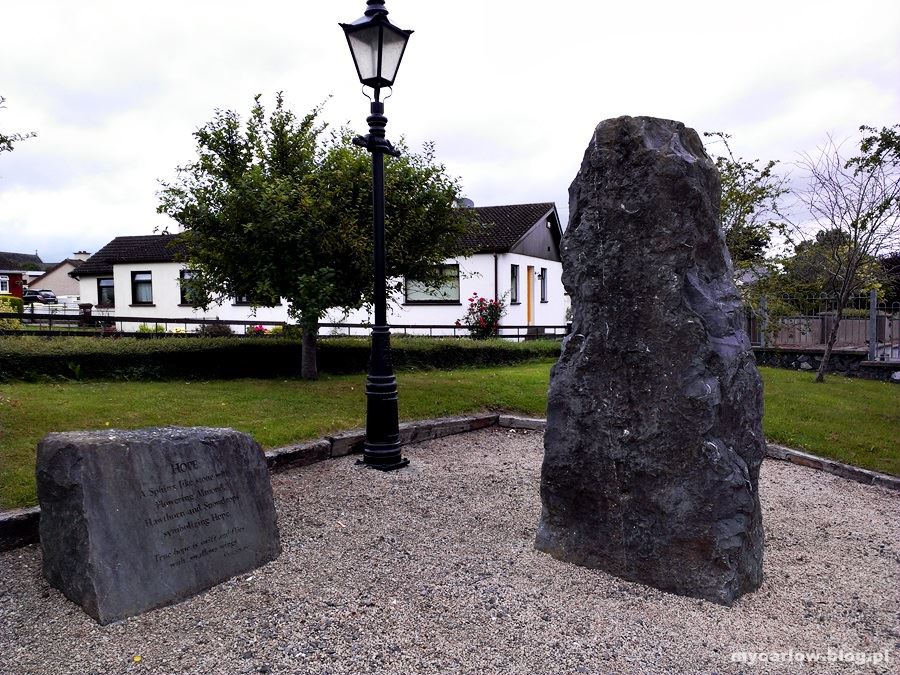

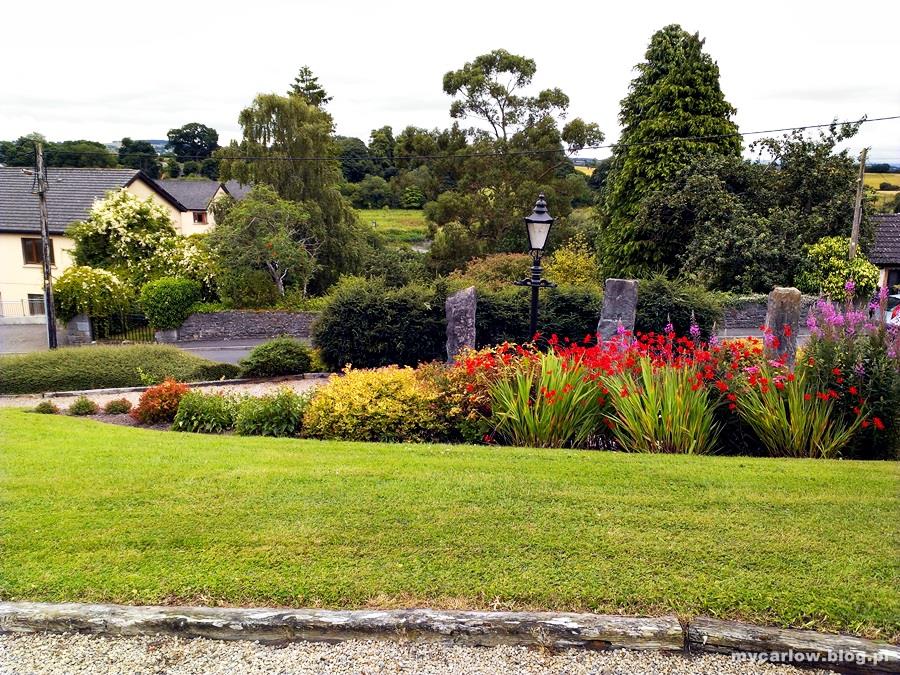
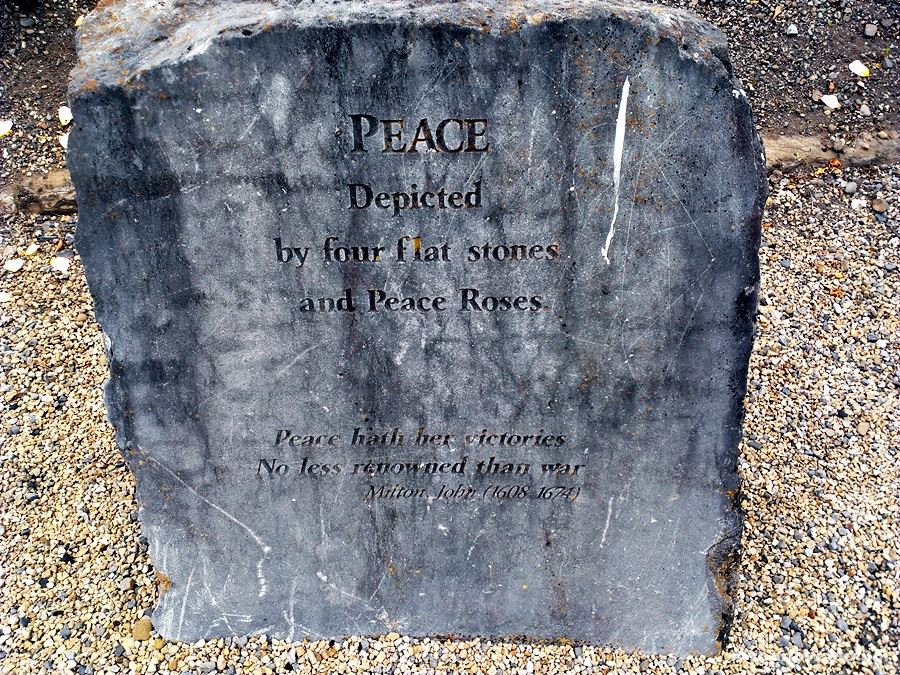
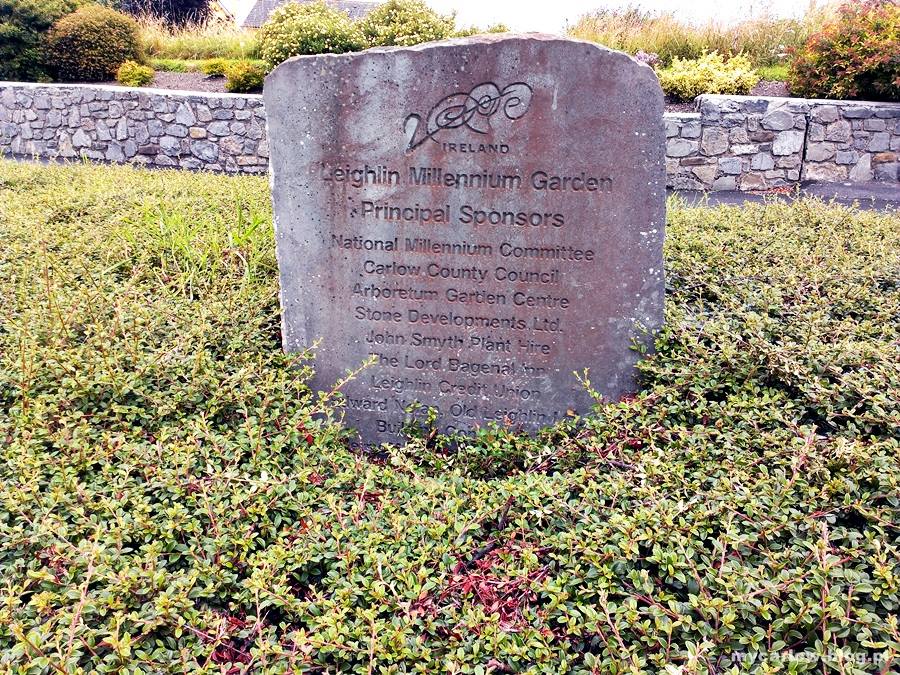
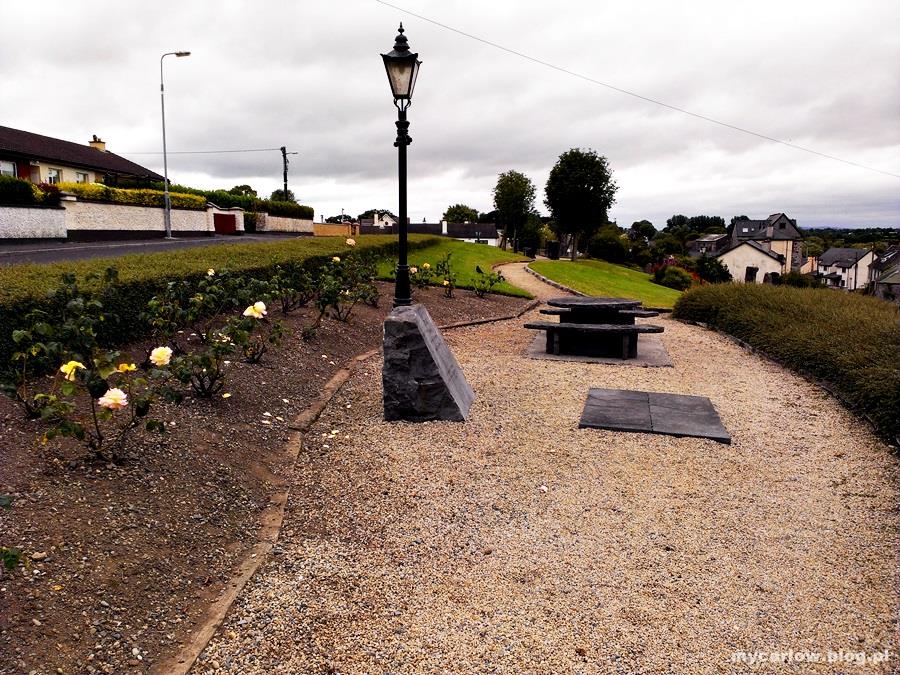
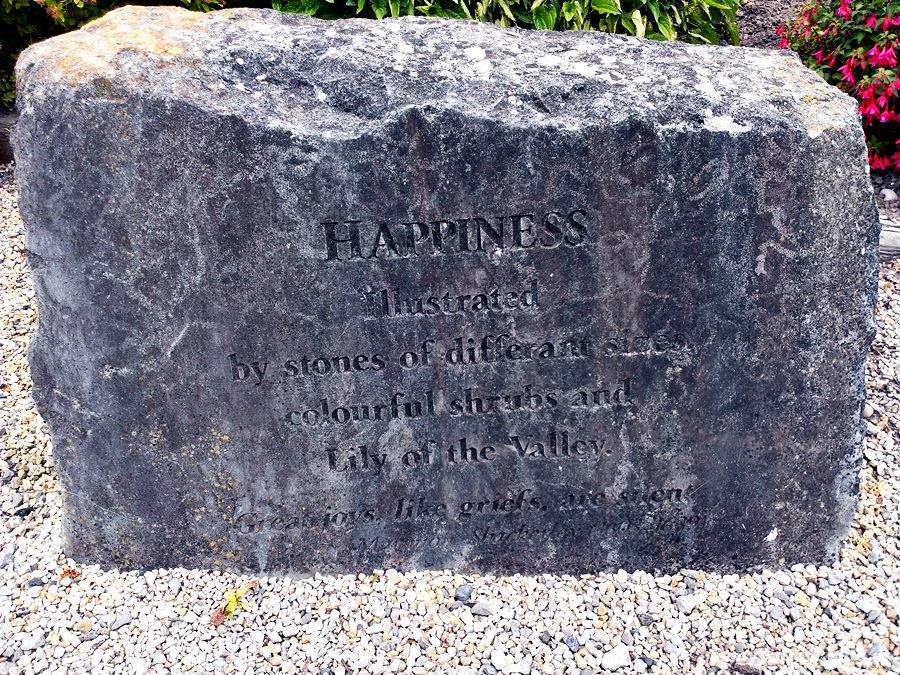
The Vivaldi Garden is based on Vivaldi’s musical concerto The Four Seasons and comprises four formal gardens, each depicting a season of the year.
Vivaldi Garden

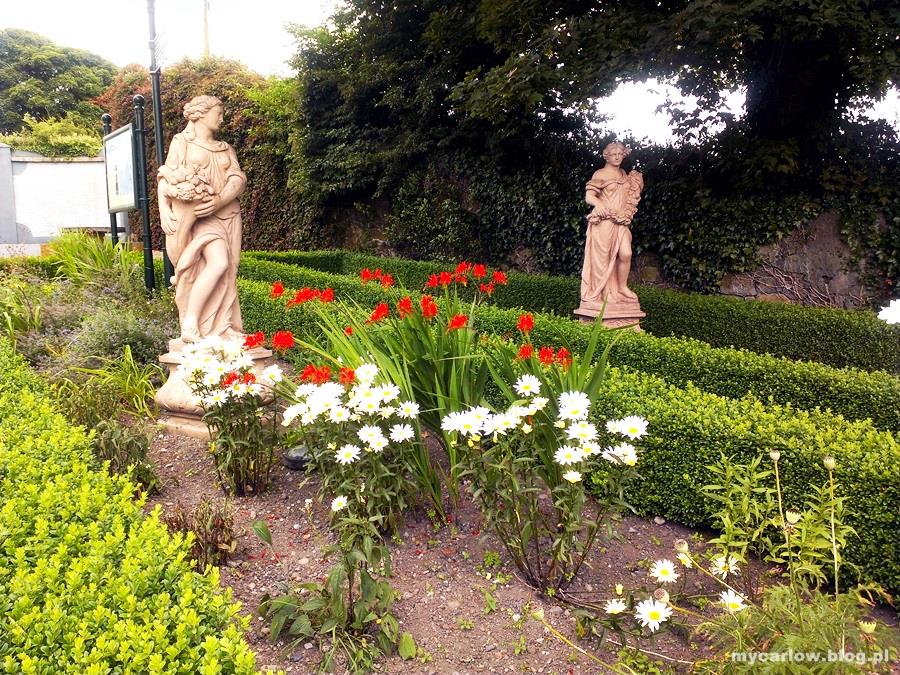
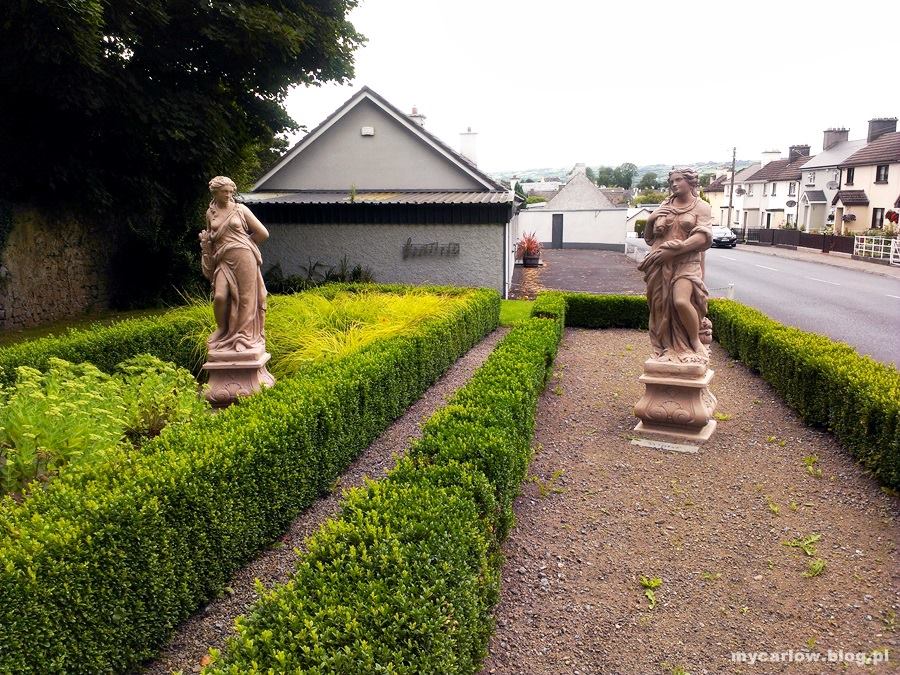
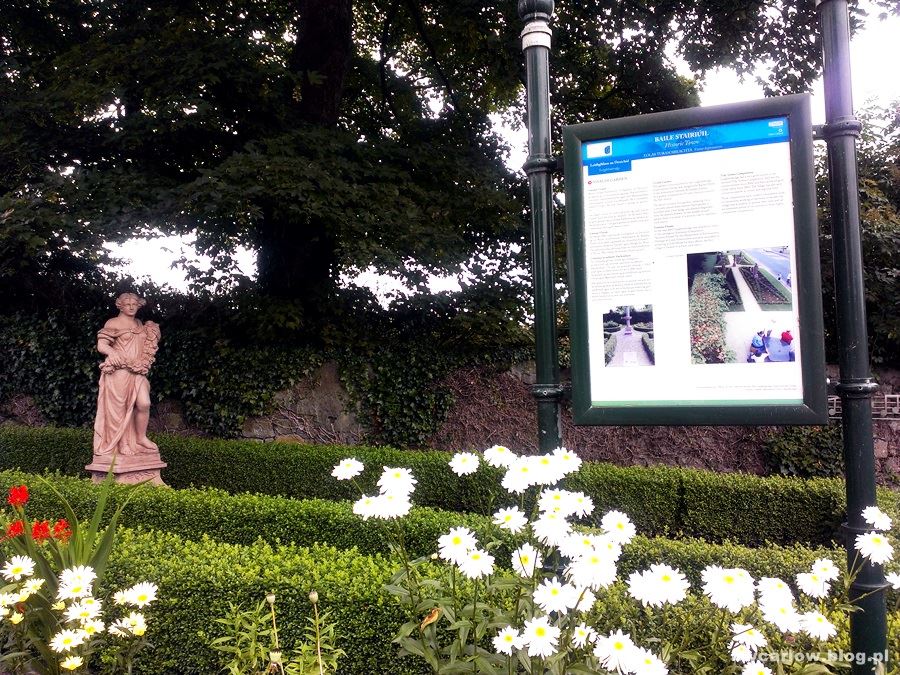
The Garden of Remembrance straddling the River Barrow commemorates essential occasions in the village’s history including the visit of the Canadian Prime Minister, Brian Mulrooney, a World War 1 Memorial, and the Entente Gold Medal Award.
Garden of Remembrance

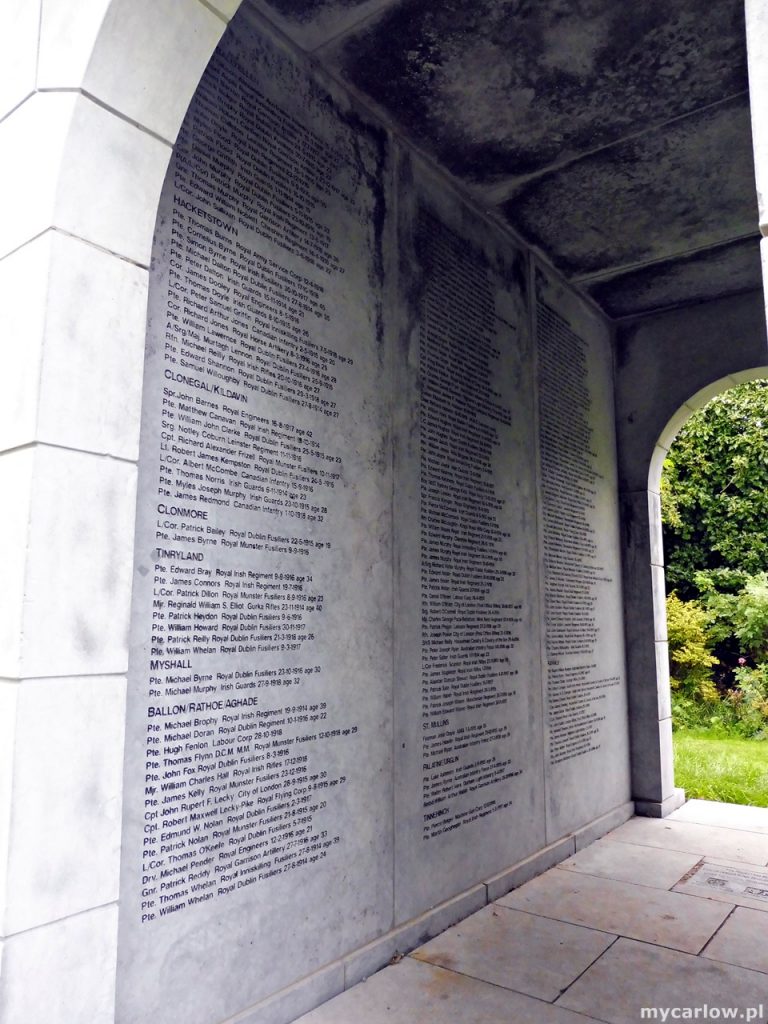

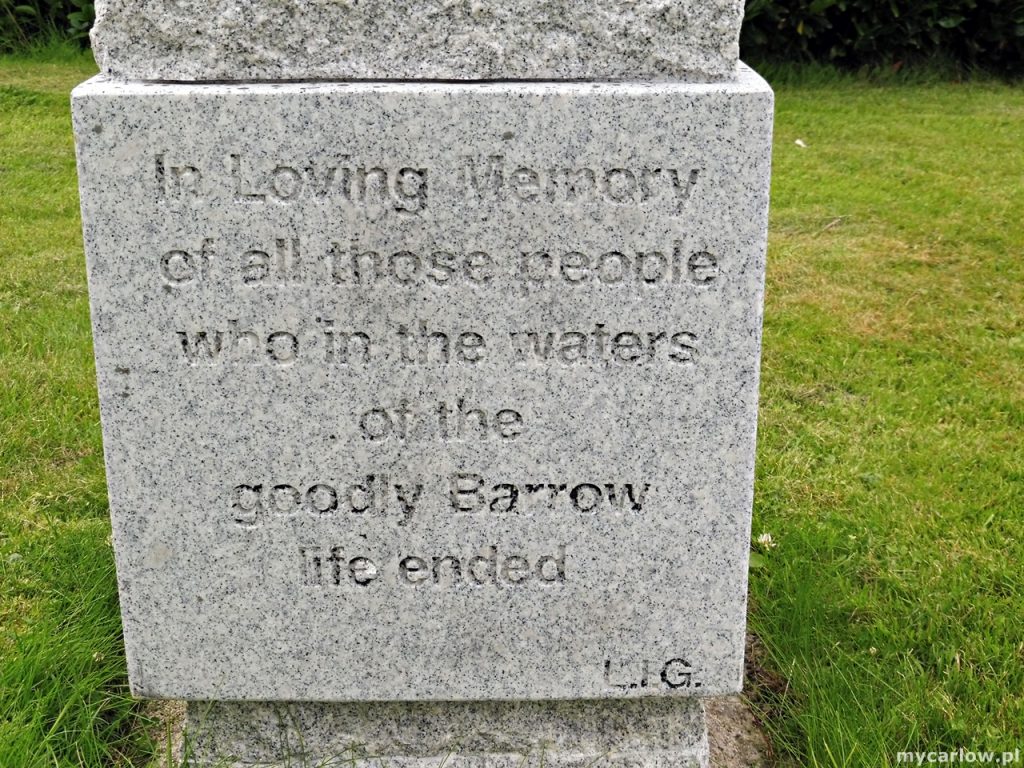
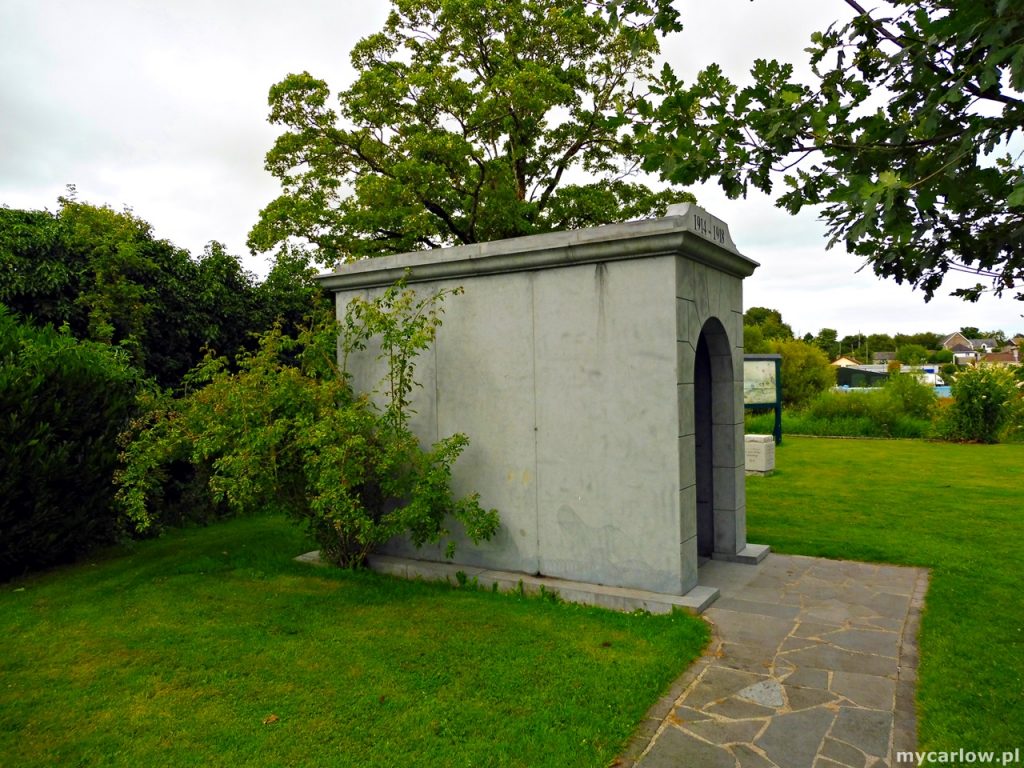
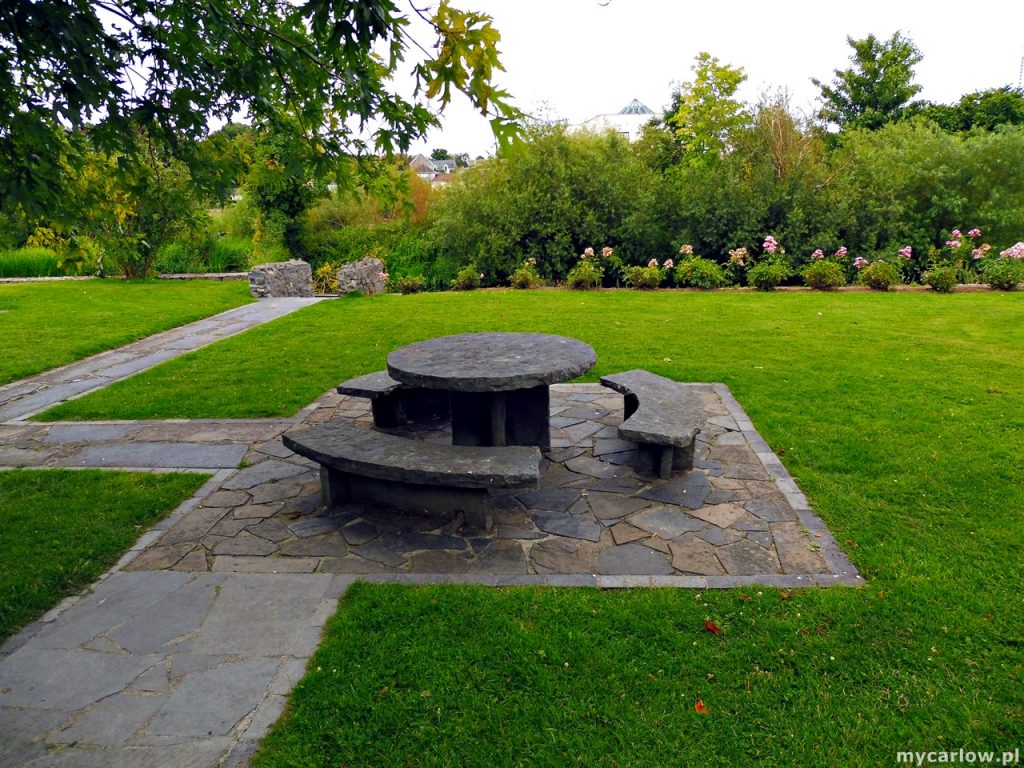
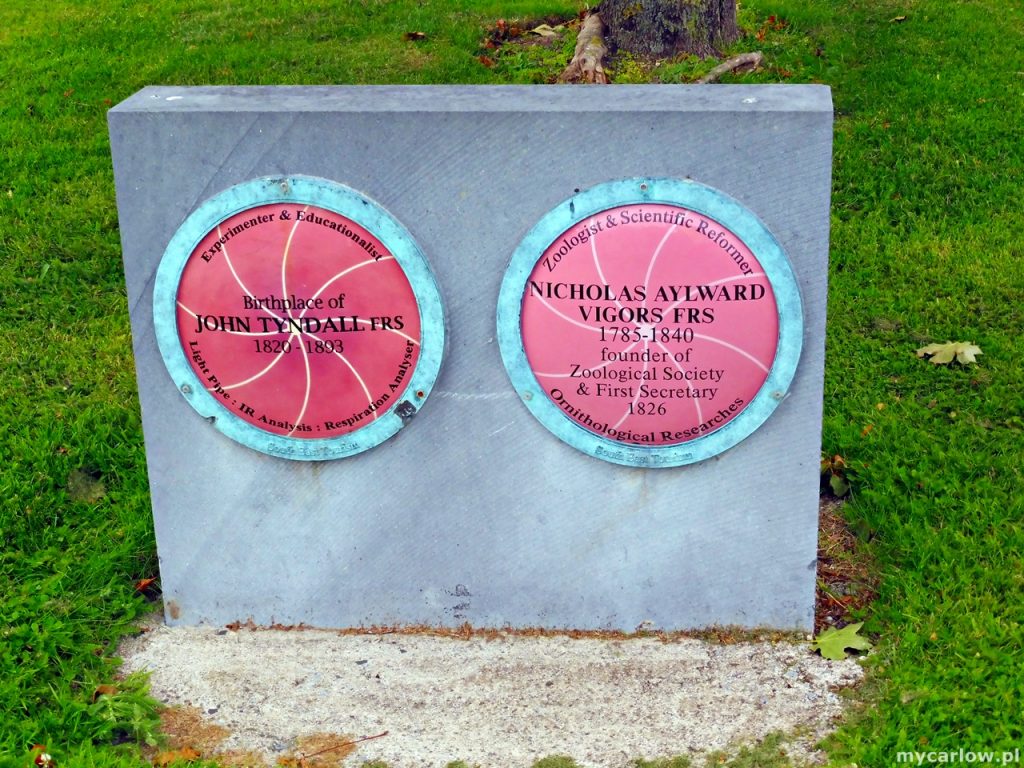
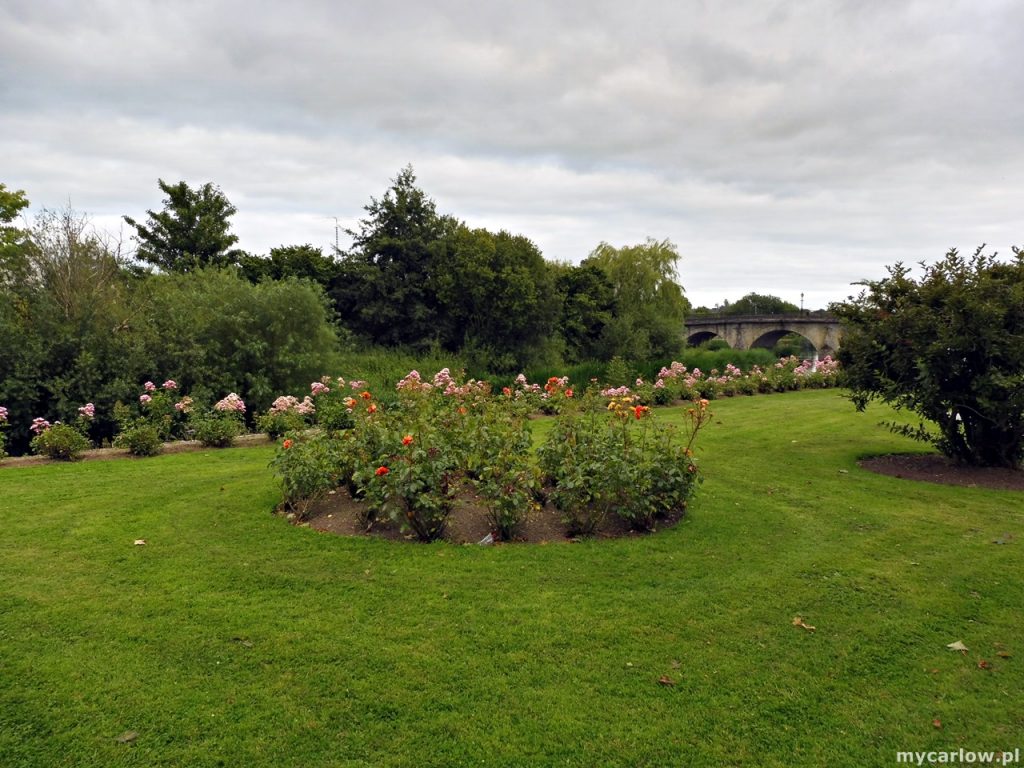
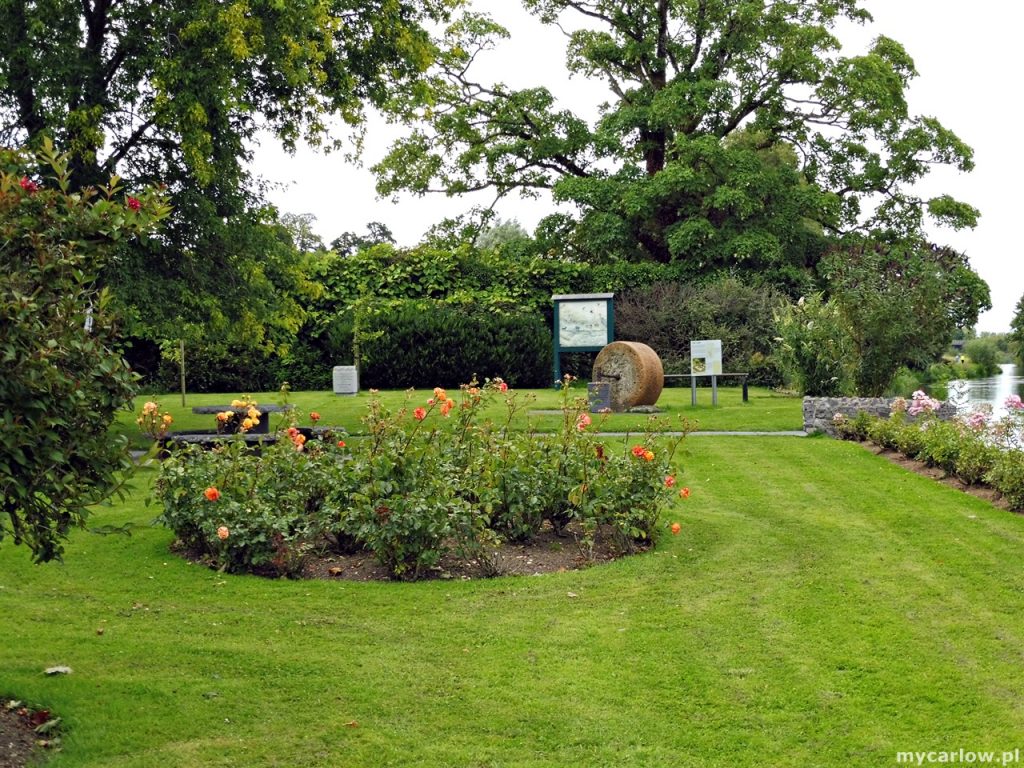
The Sculpture Garden is dedicated to three of Leighlinbridge’s most famous sons: Cardinal Patrick Francis Moran – Australia’s first Cardinal, John Tyndall, the mountaineer and scientist who developed the light pipe, the forerunner to fiber optics and Captain Myles Keogh, second in command to General Custer who lost his life at the Battle of the Little Big Horn in 1876 at the hands of the Sioux.
And there is also a fantastic example of a Culm Crusher. These were large round stones that were used for crushing the culm. A type of coal dust, hence the name. One or two horses pulled the stones, round and round in a circle, and guided by a person. Culm Crushers are found in the Leinster coal mining region of Carlow, Kilkenny, and Laois. Carlow County Museum has one on display.
Culm Crusher
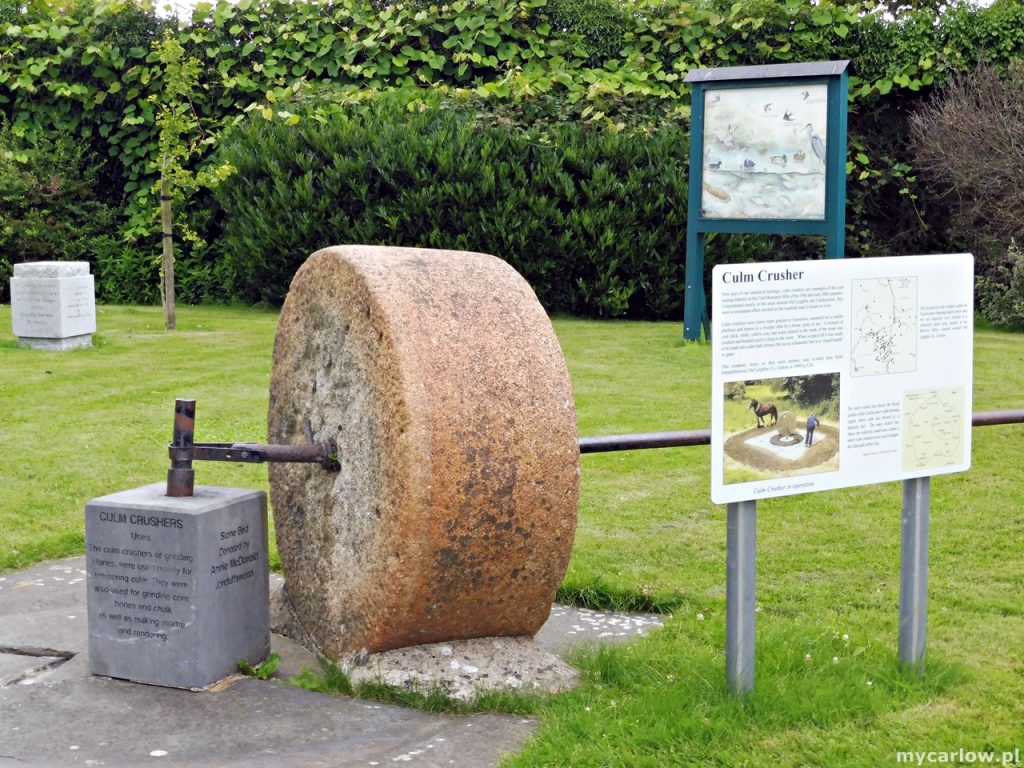


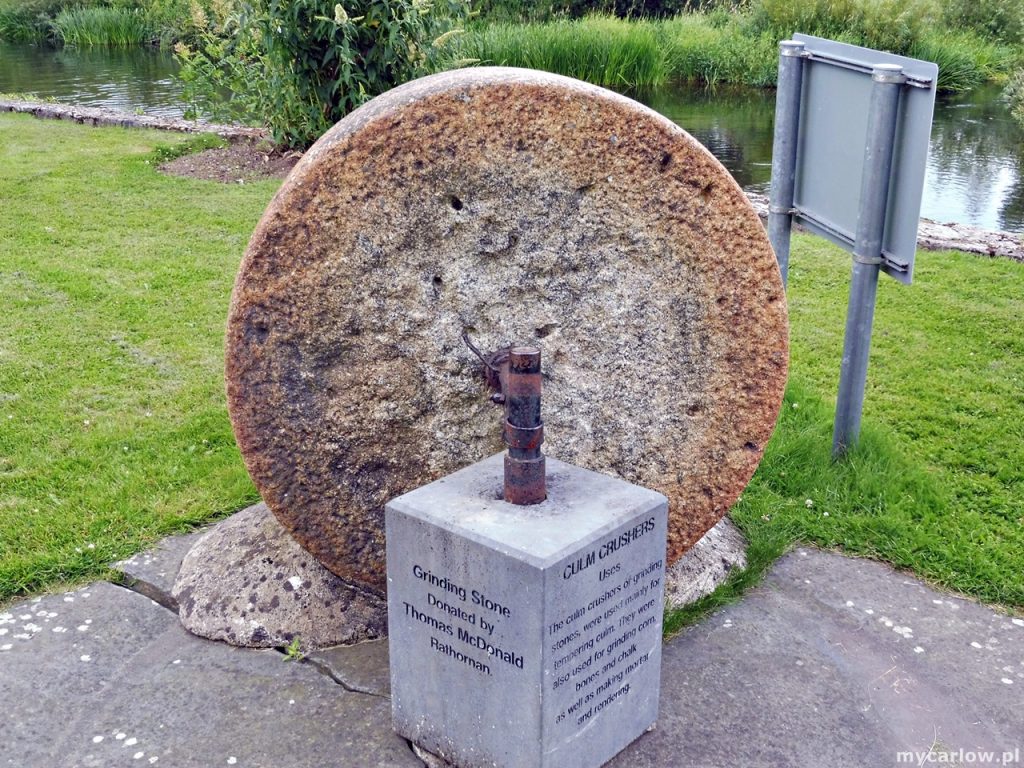

Leighlinbridge is the birthplace of many famous people including:
- Captain Myles Keogh, an aide to General Custer,
- John Tyndall, a prominent 19th-century physicist, and mountaineer,
- Cardinal Patrick Francis Moran, third Archbishop of Sydney,
- William J. Delany S.J., an Irish Jesuit priest and educationalist, served as President of University College Dublin.

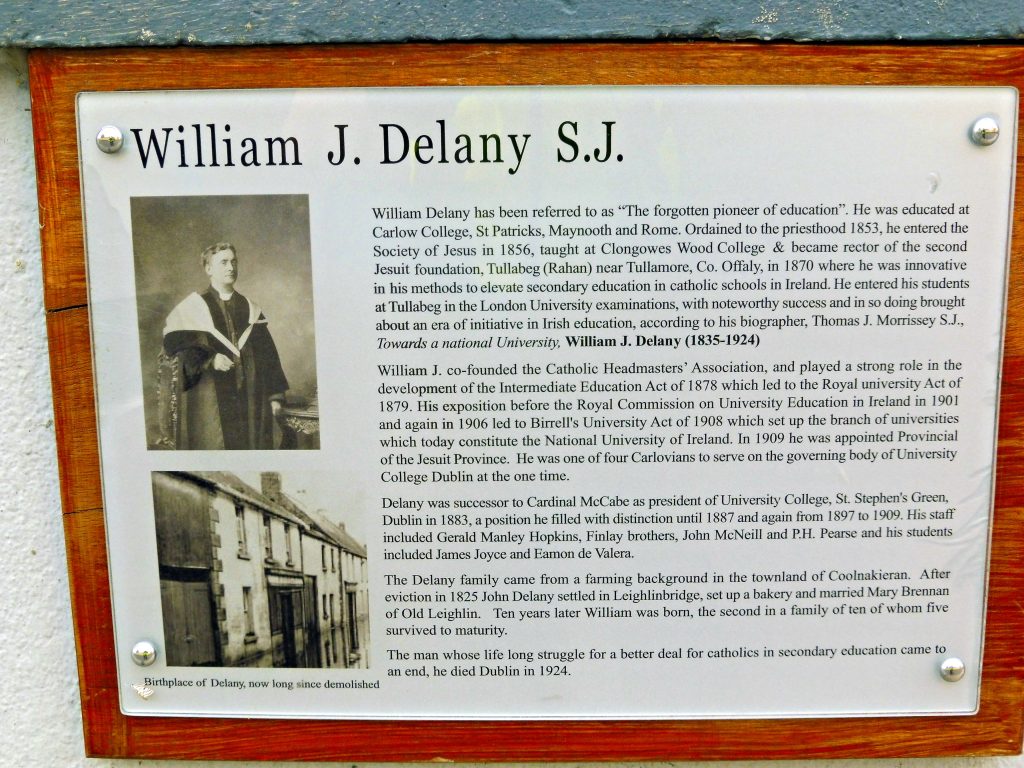
Leighlinbridge is a small town with a few shops, pubs, and eateries. The village features narrow winding streets and grey limestone malthouses.

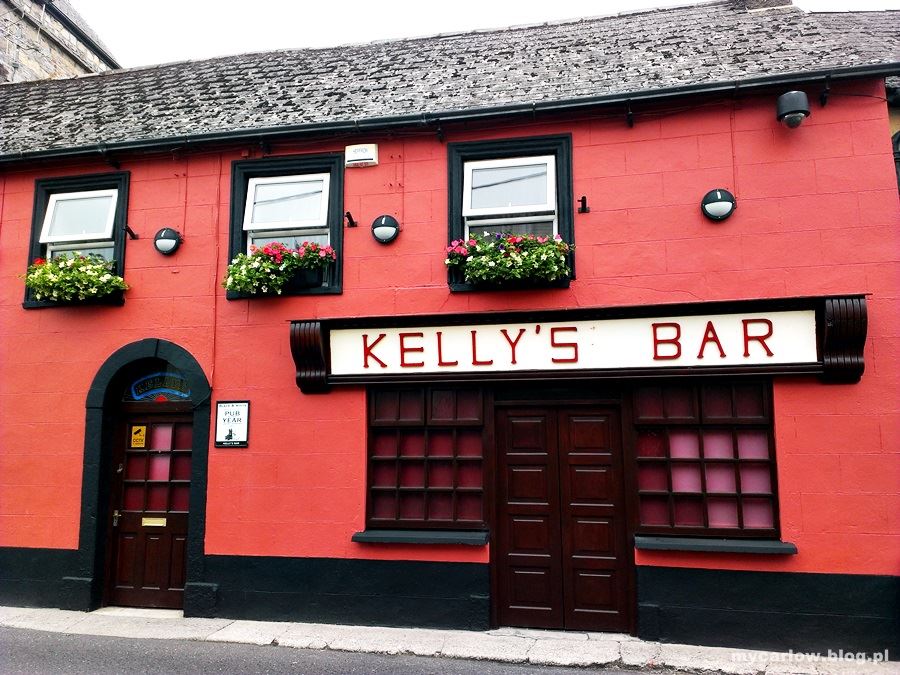
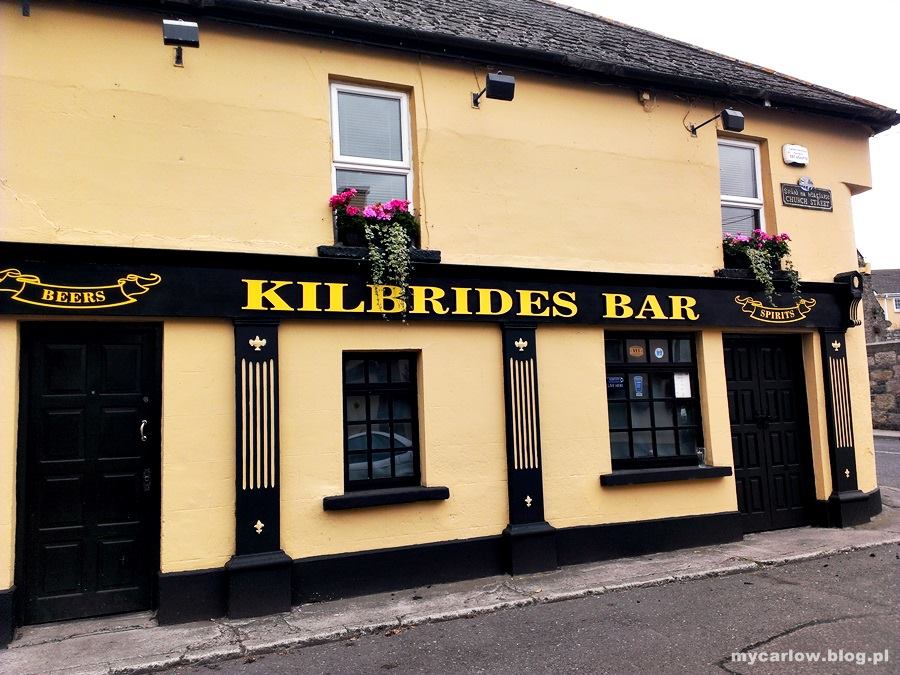
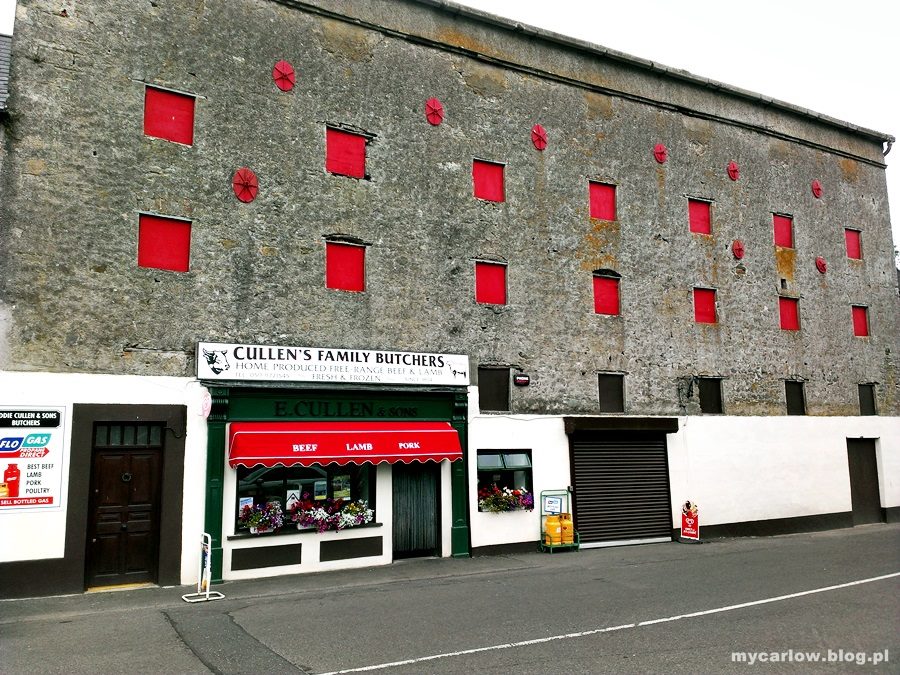
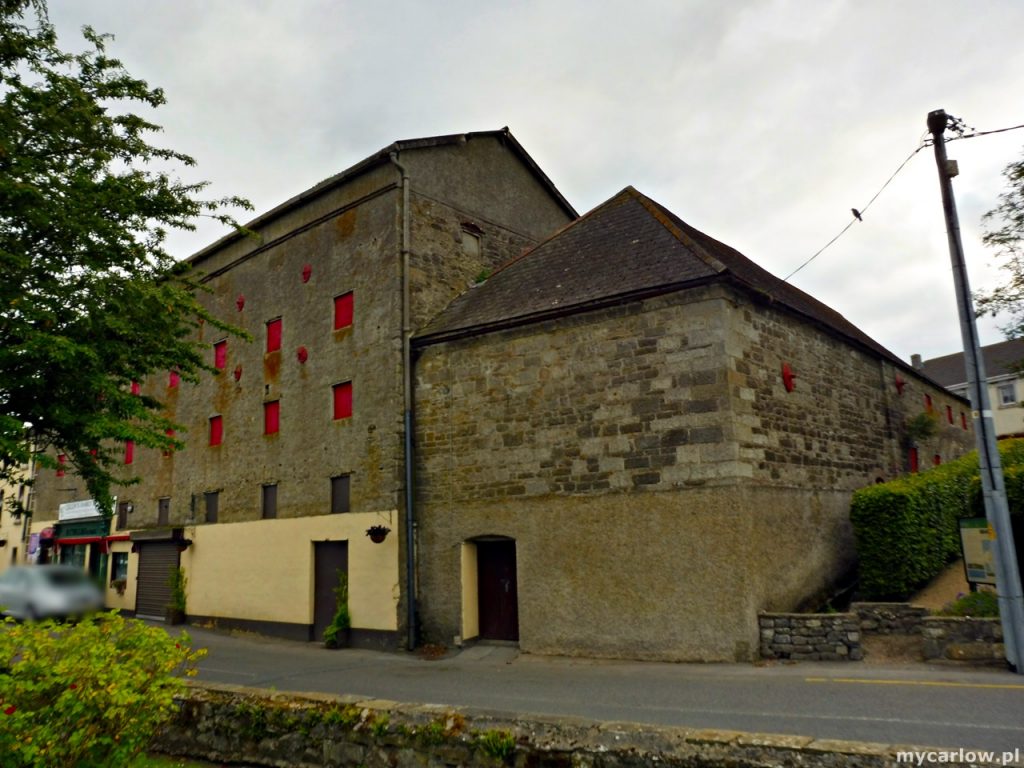
Location of Leighlinbridge:

We drove past a sign that read “Culm Crusher”, and didn’t know what it was. Thanks for such a detailed post!